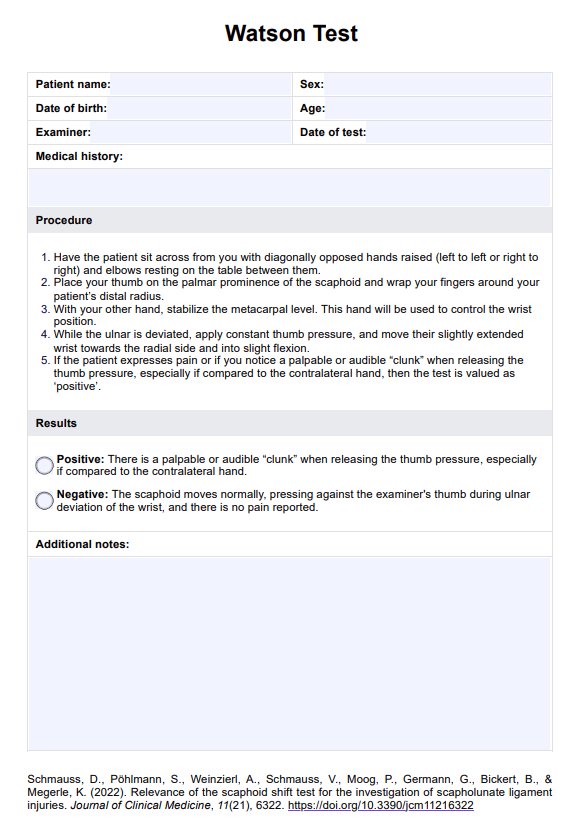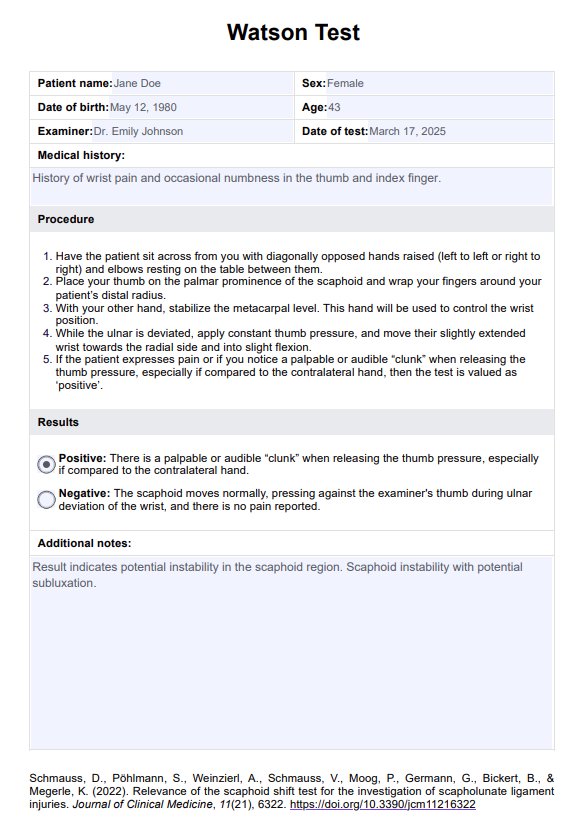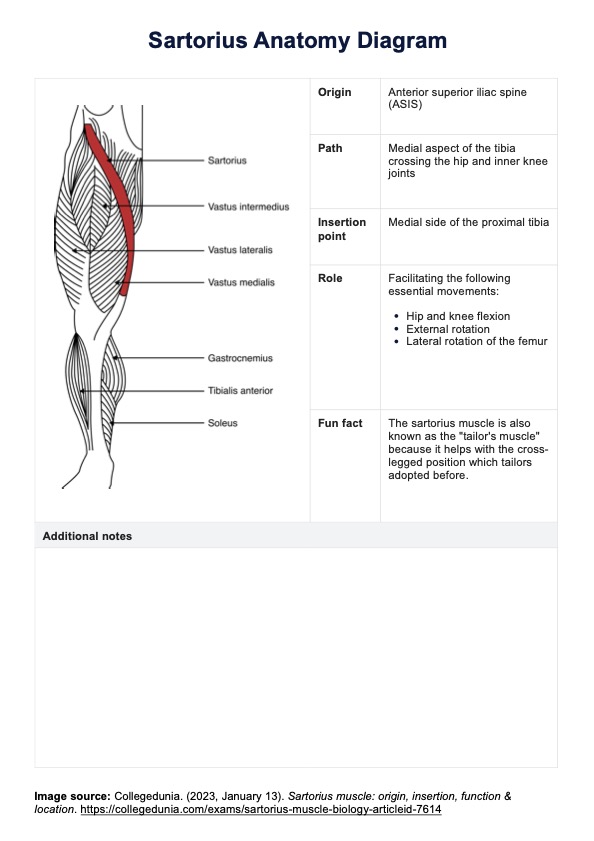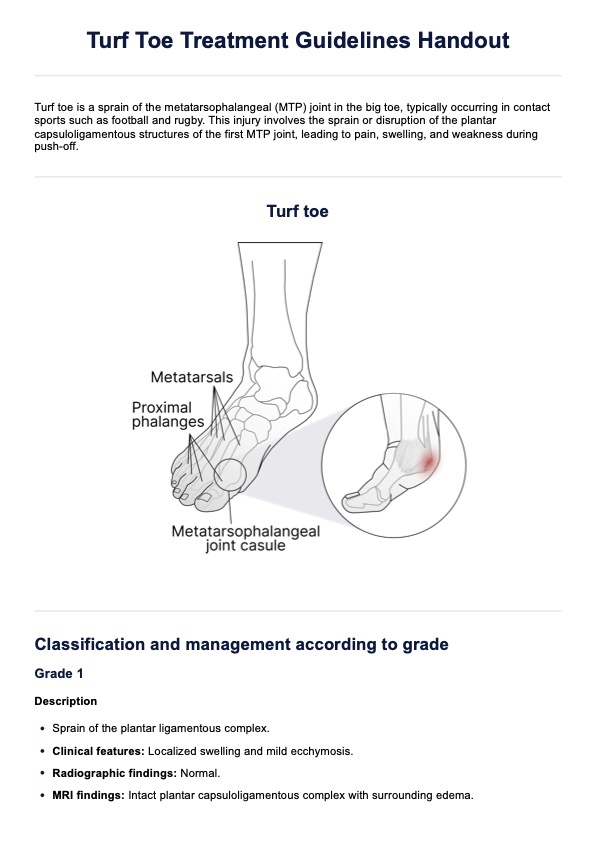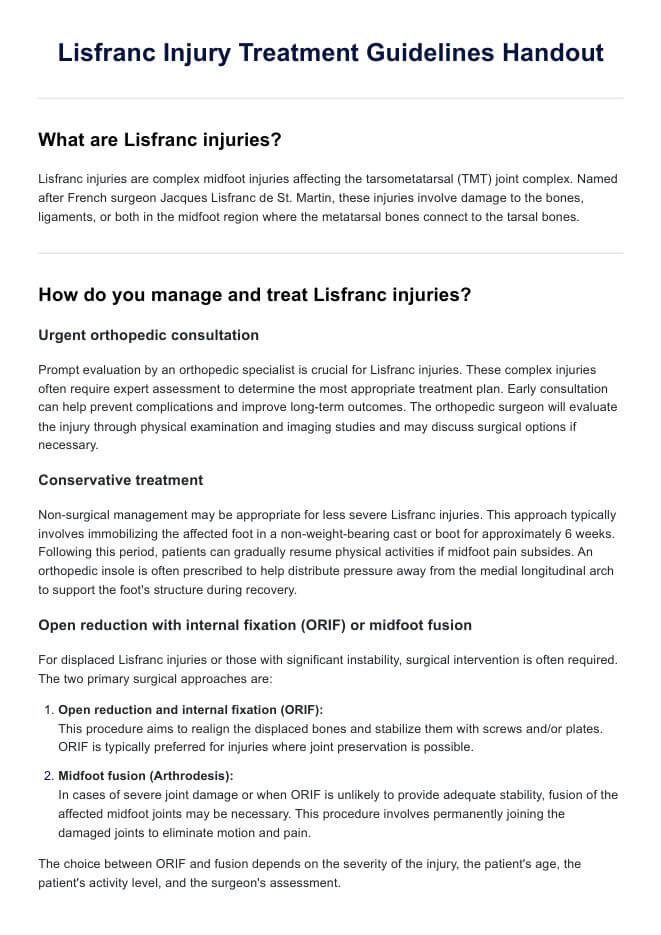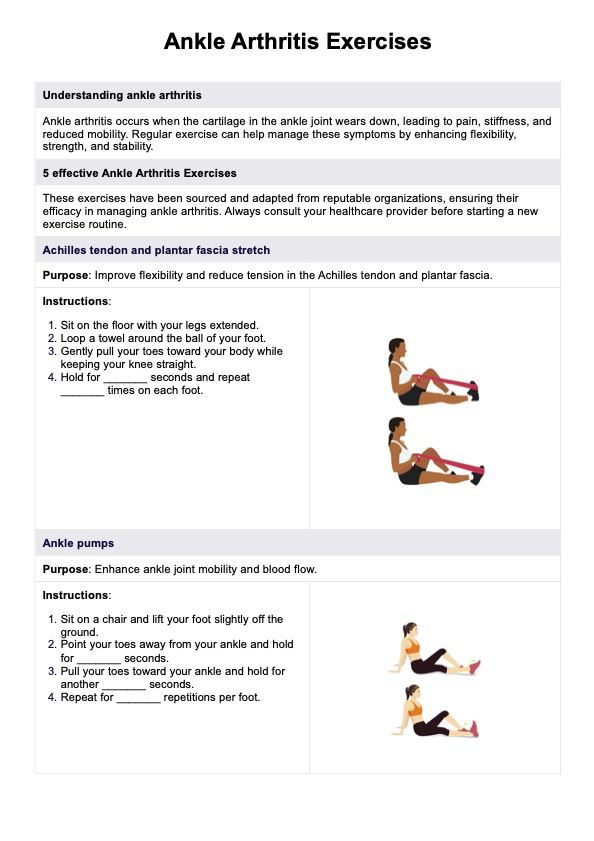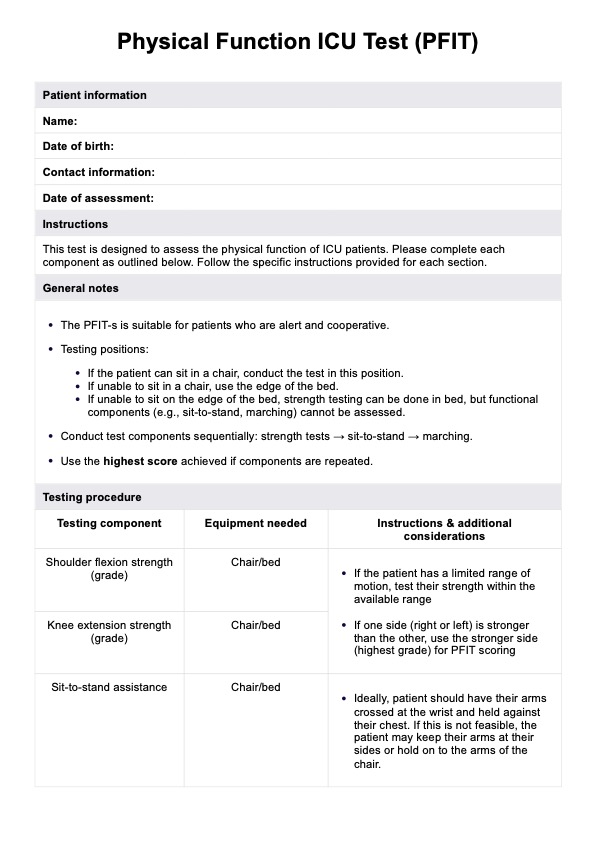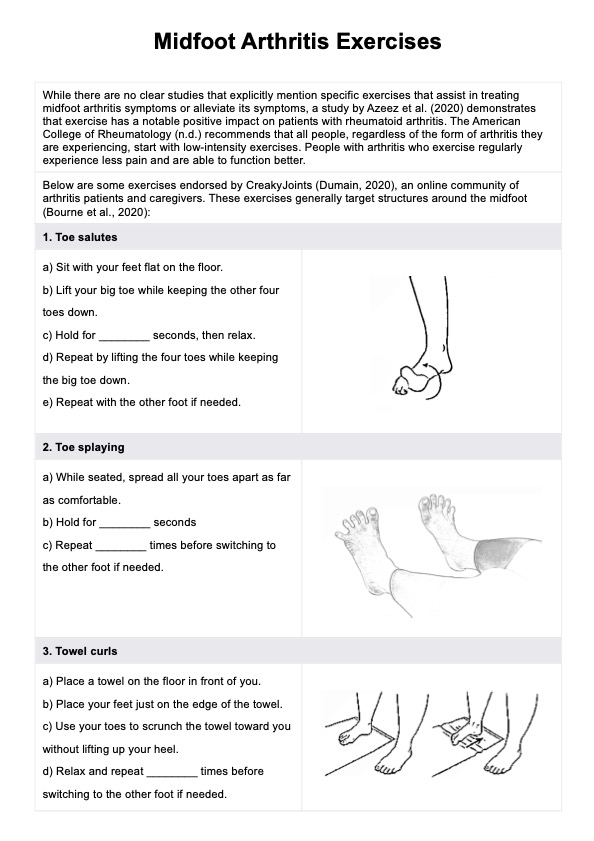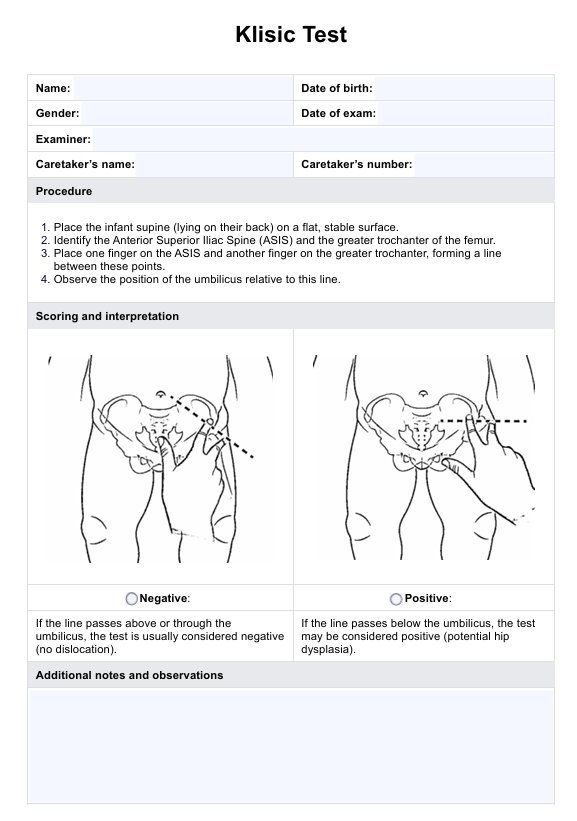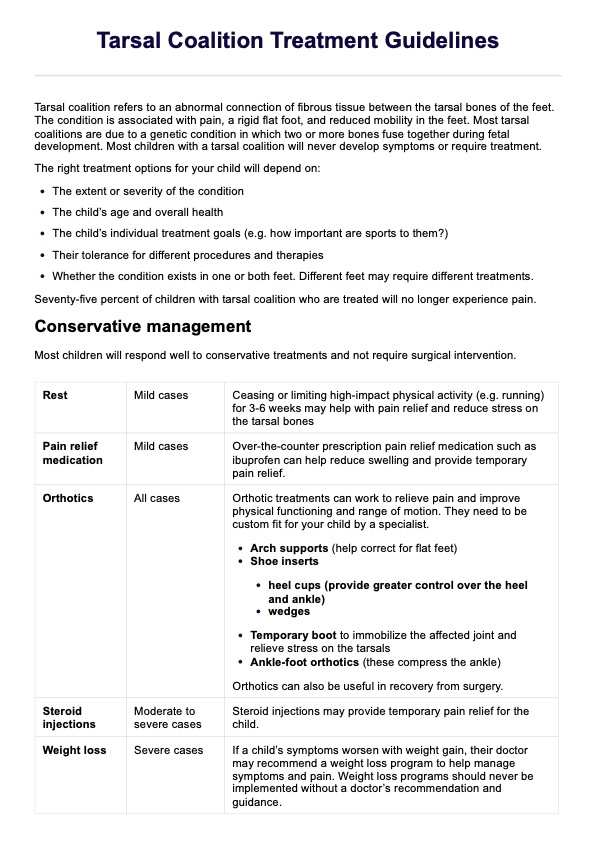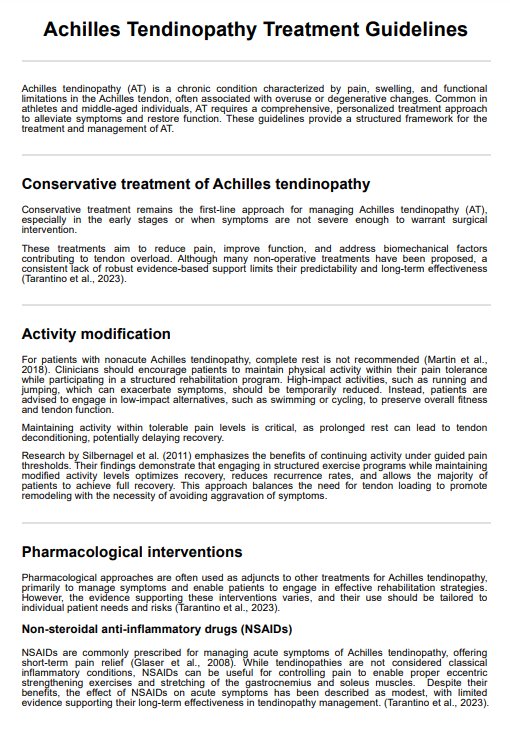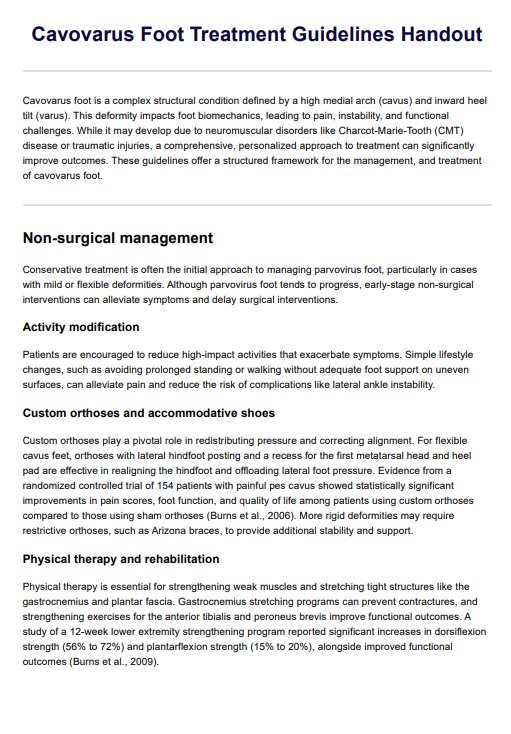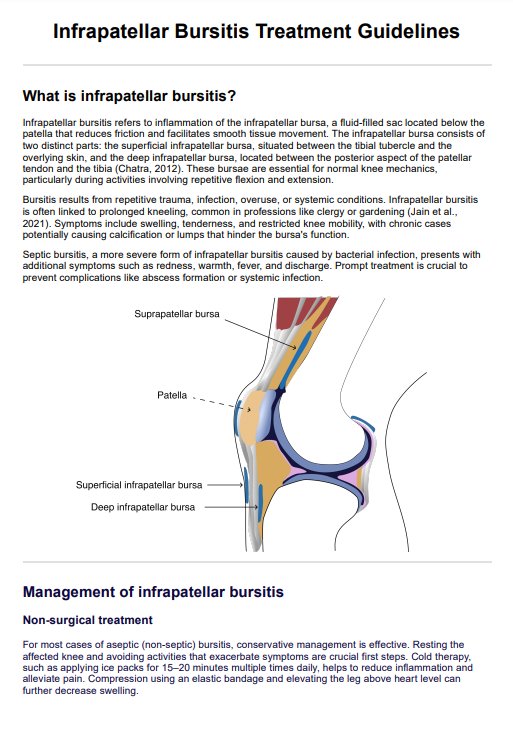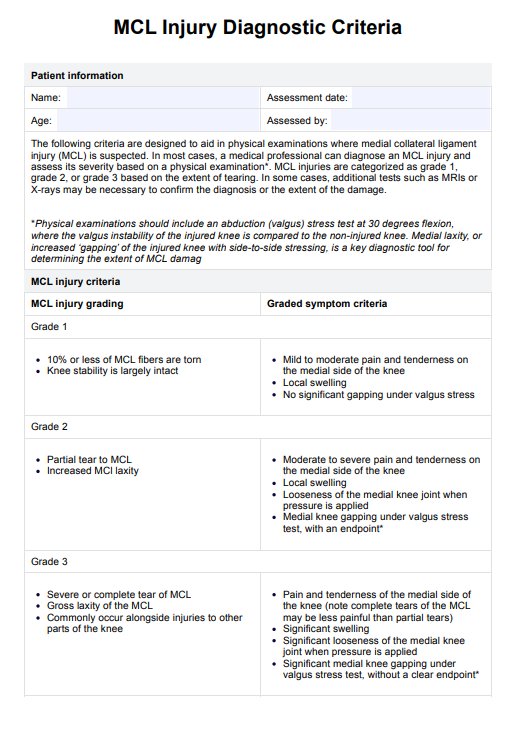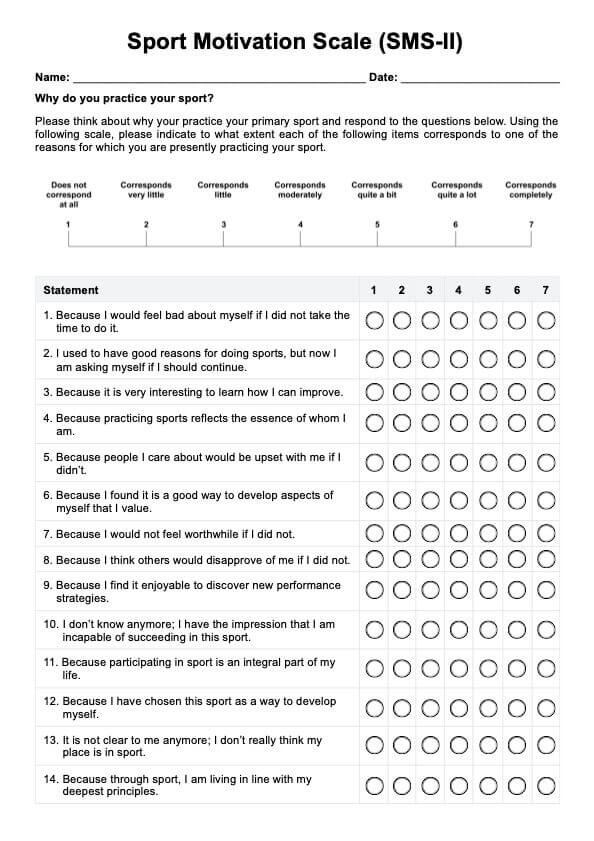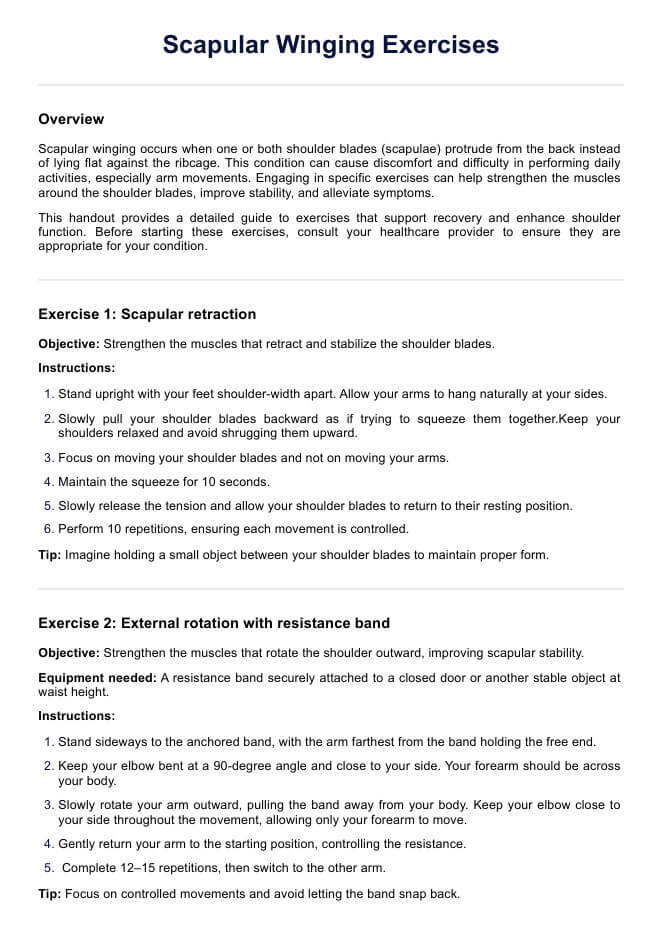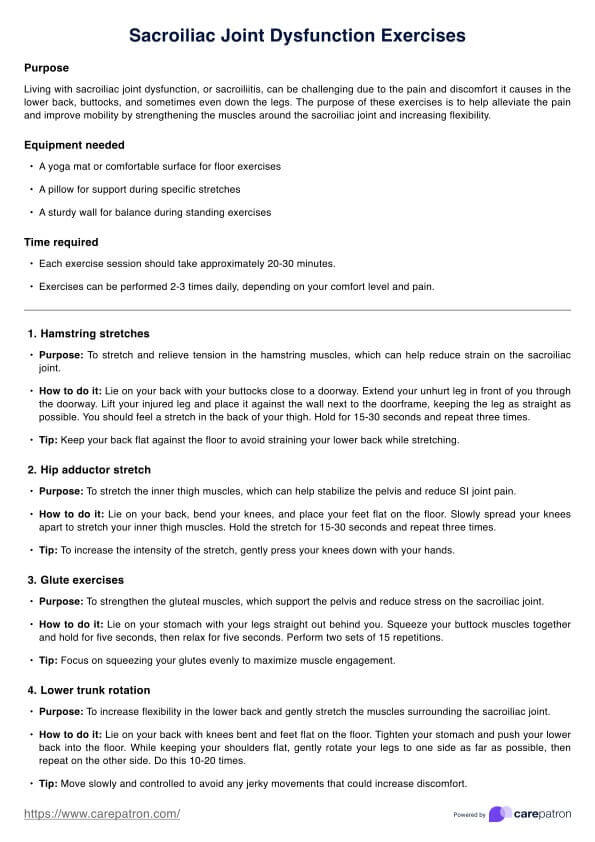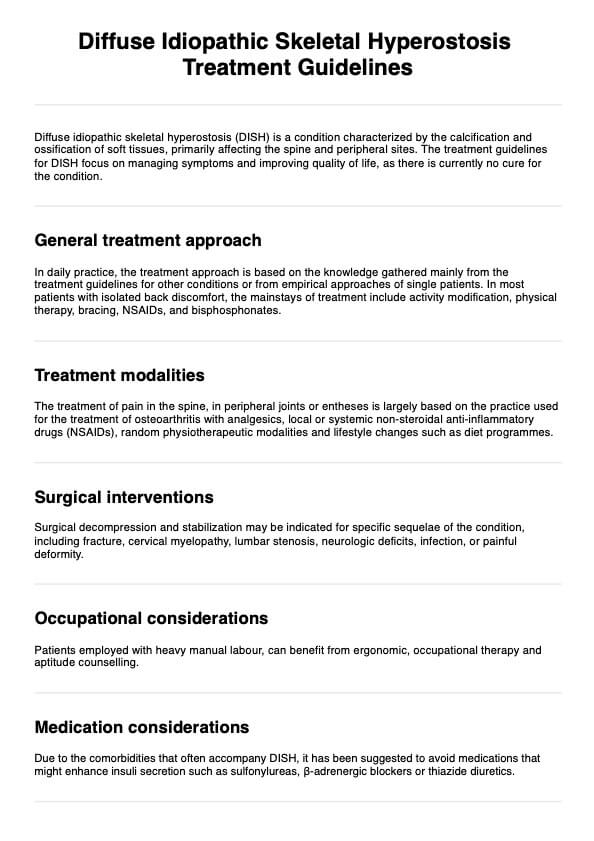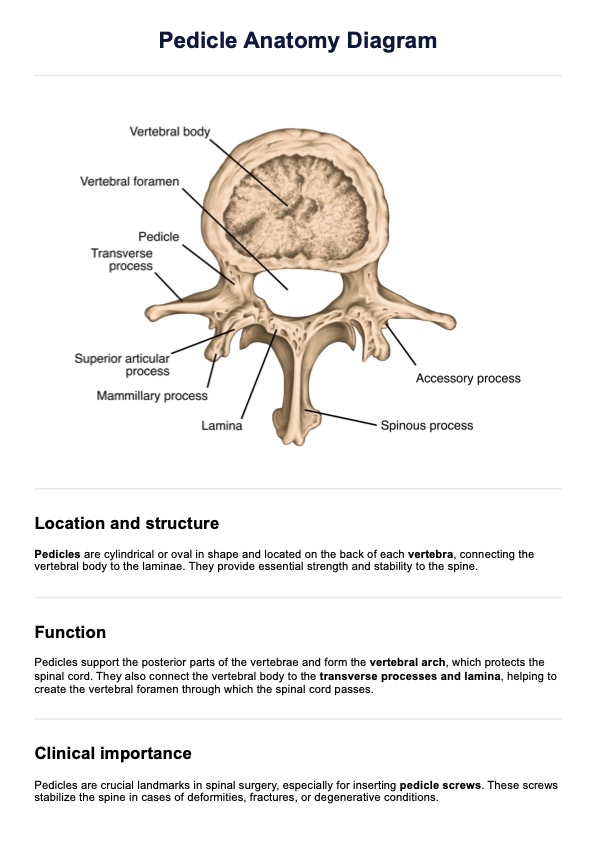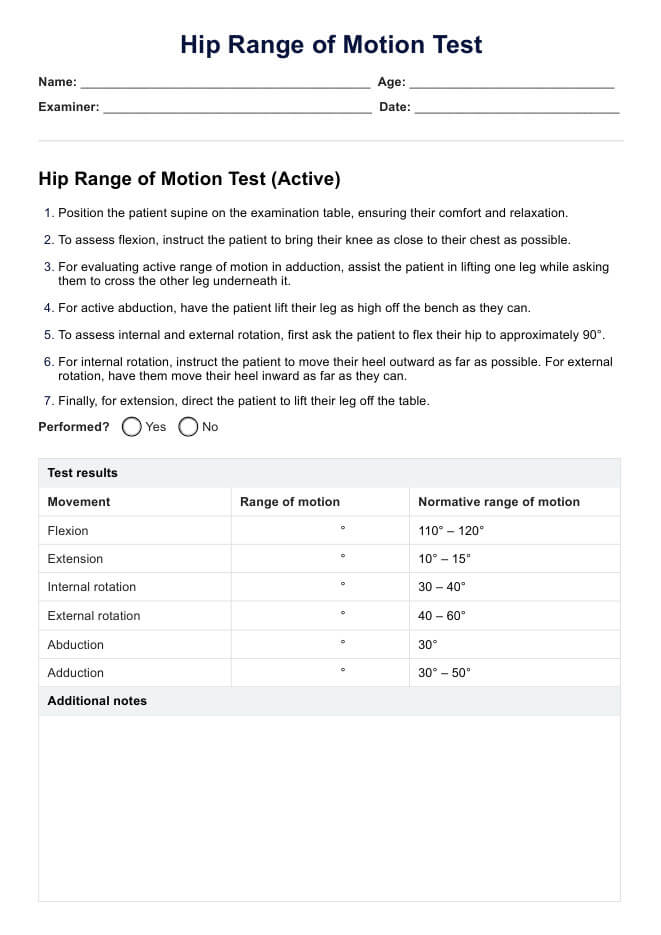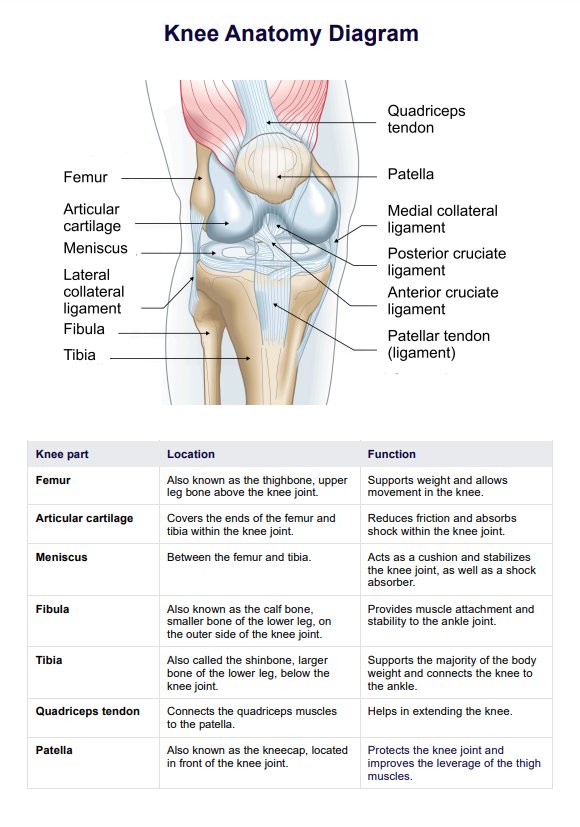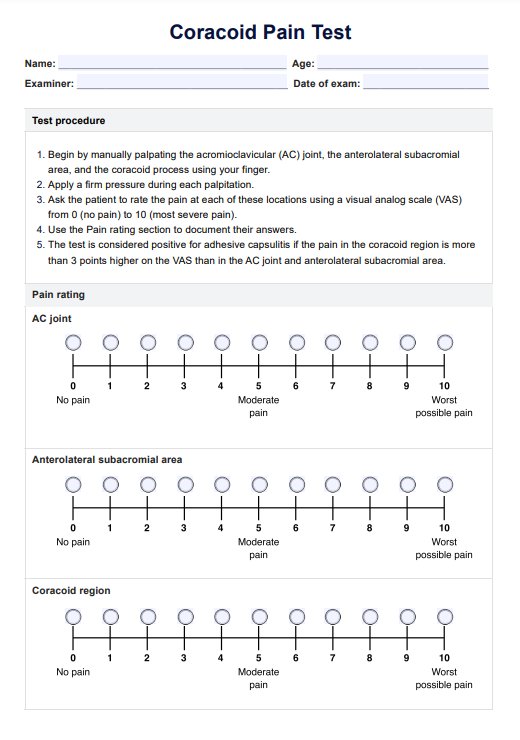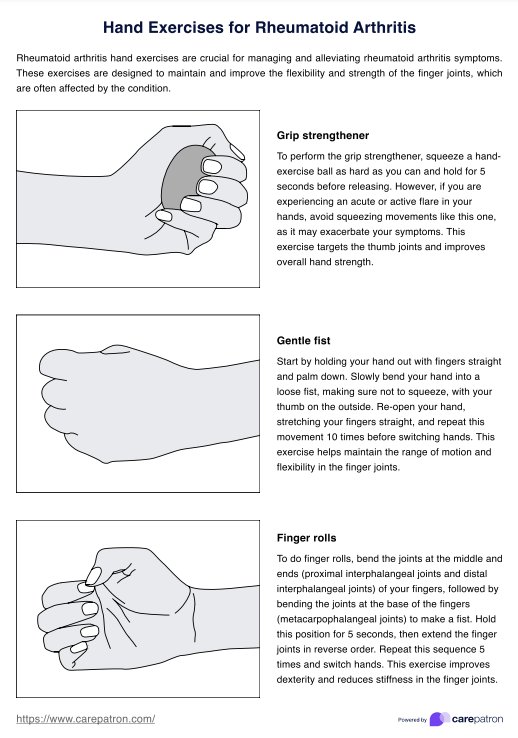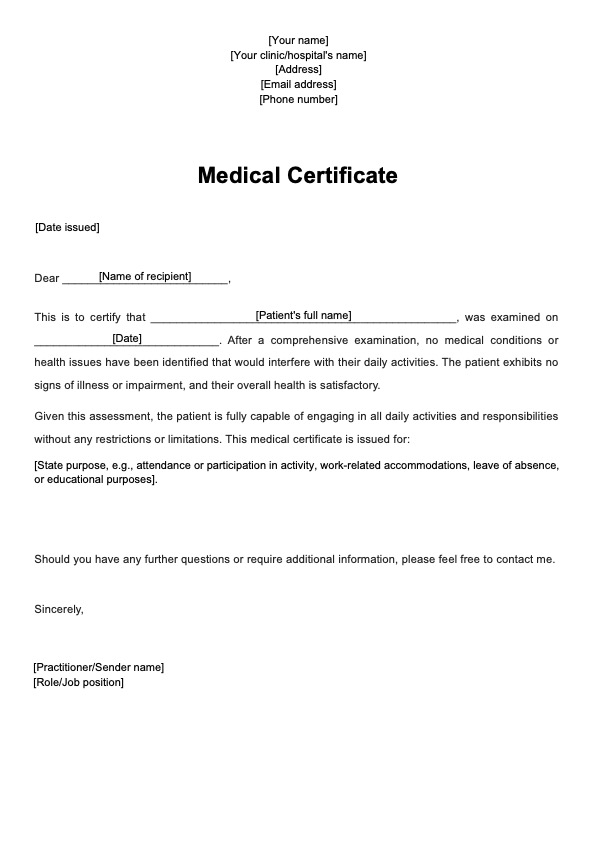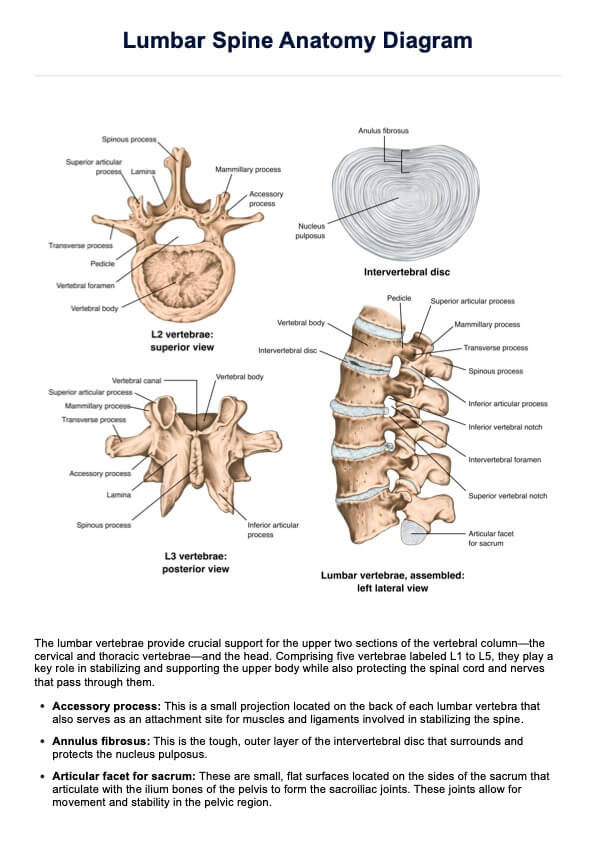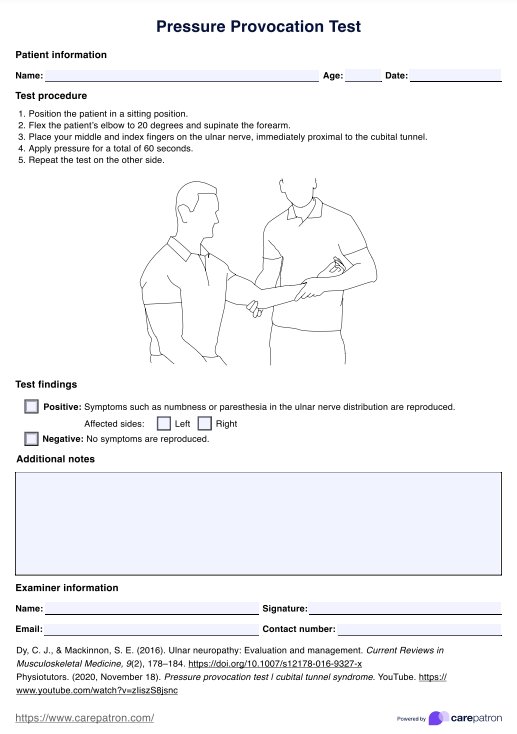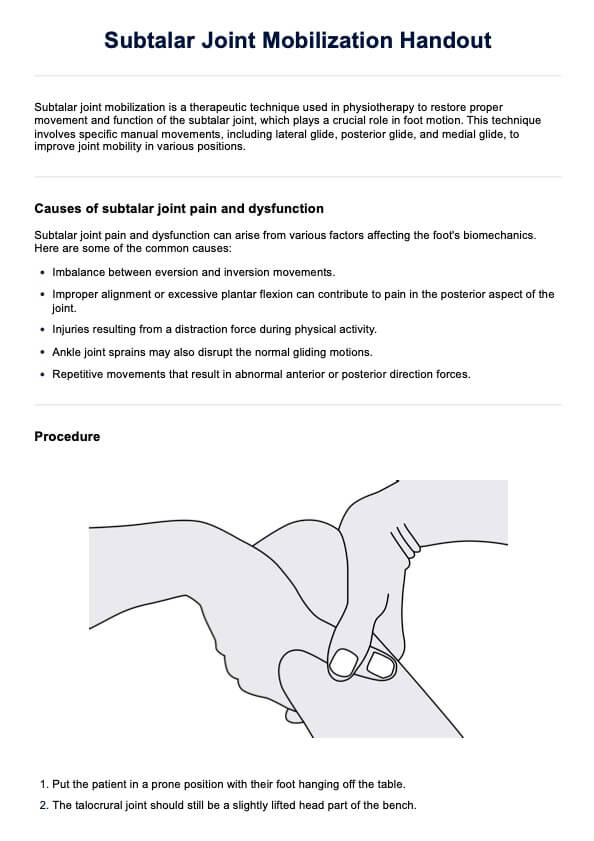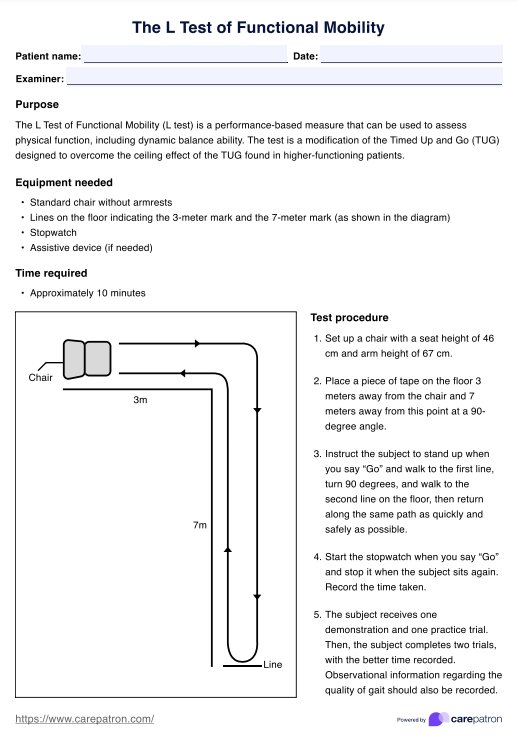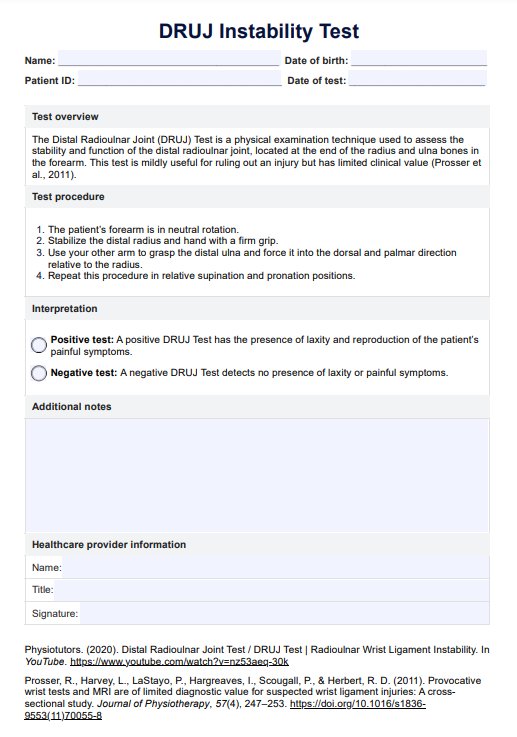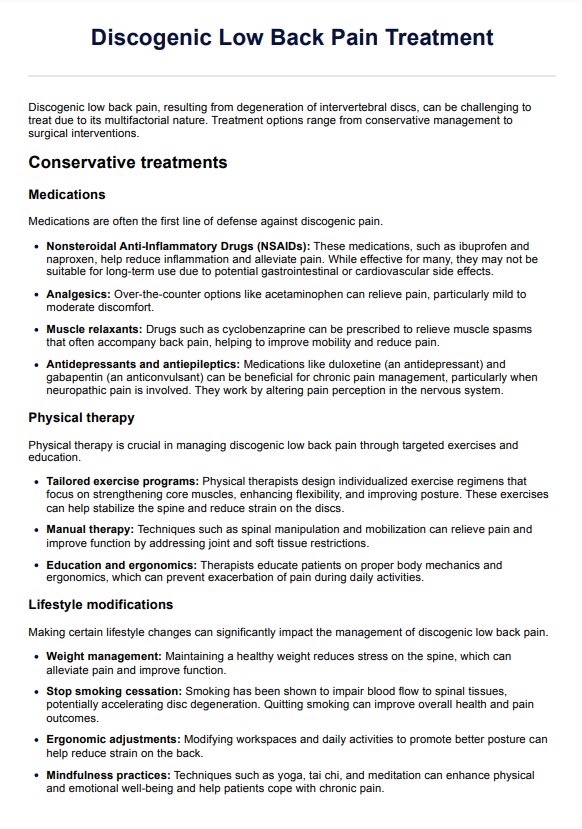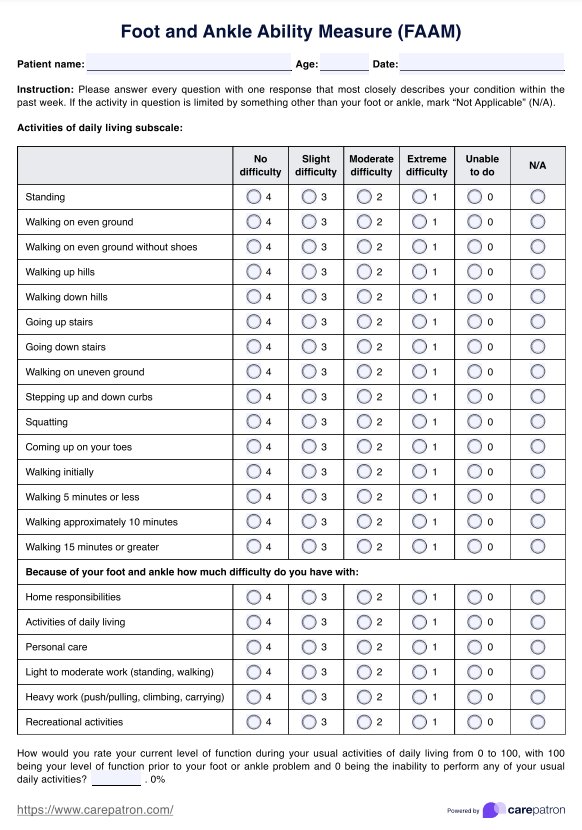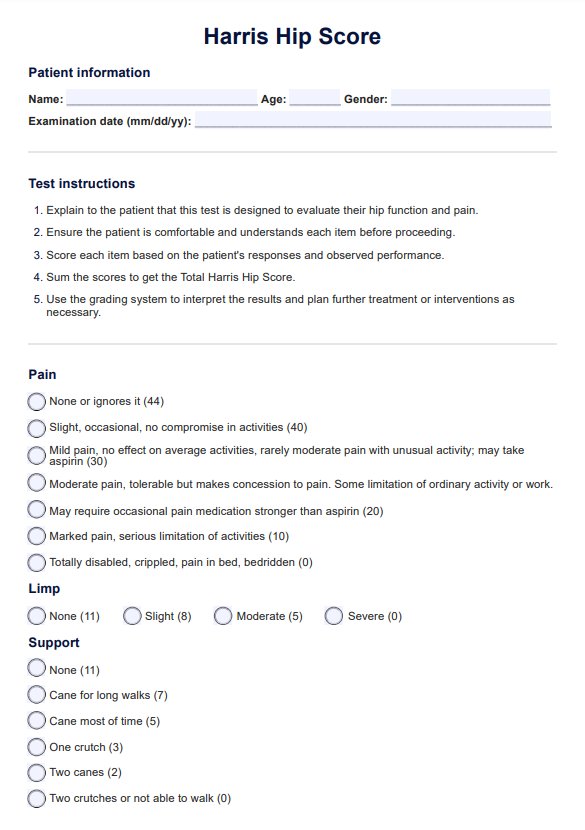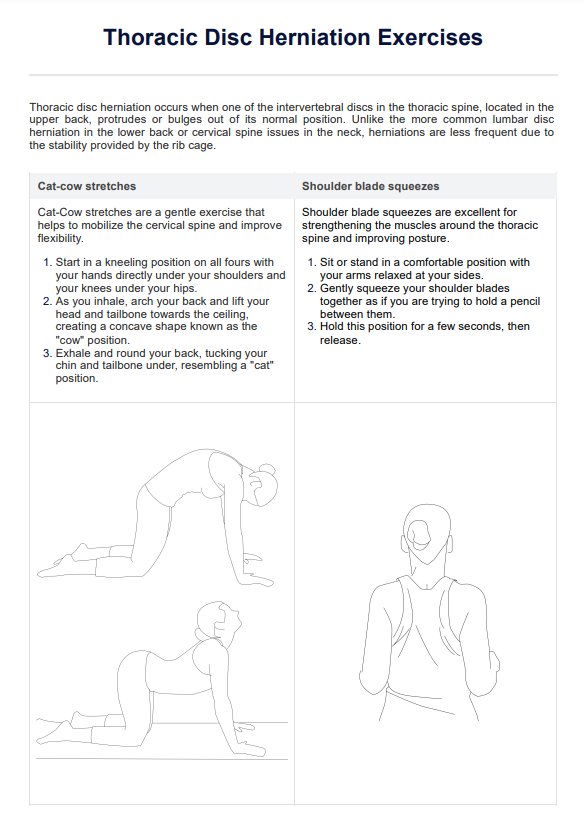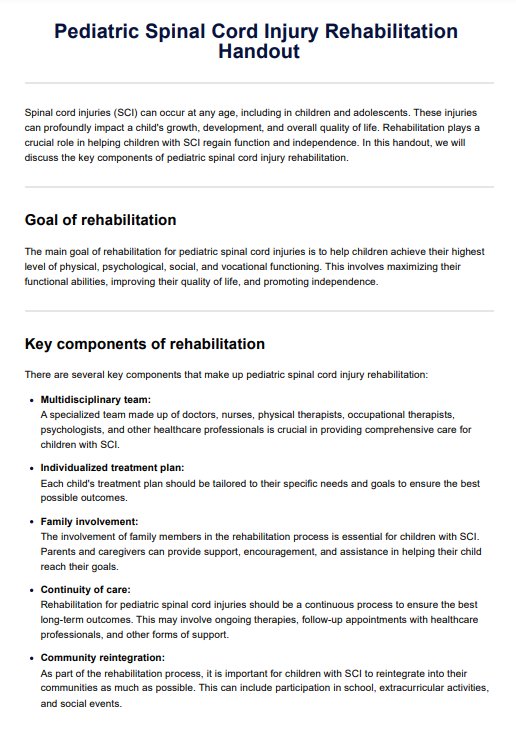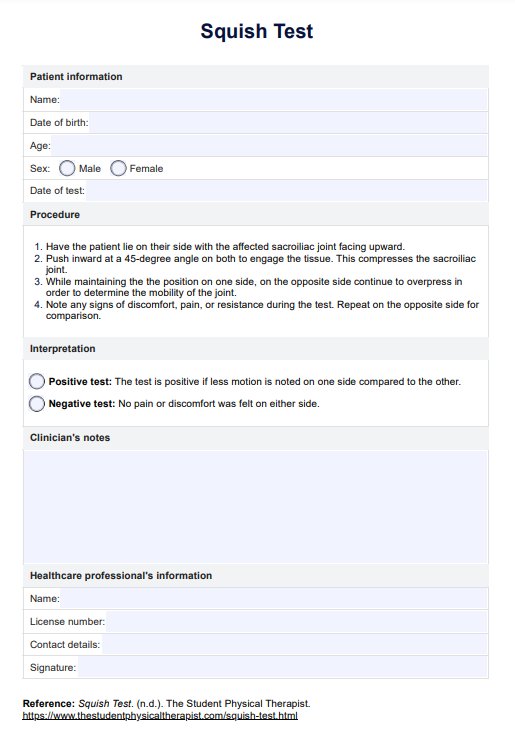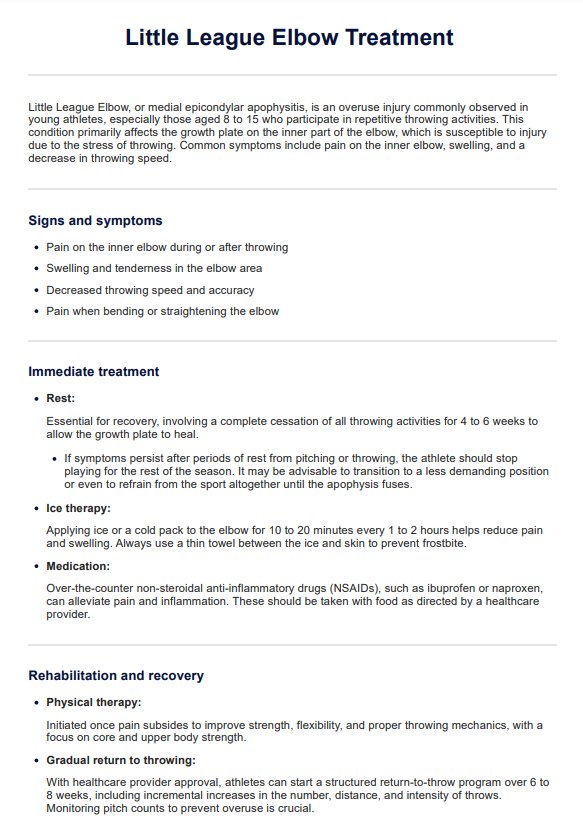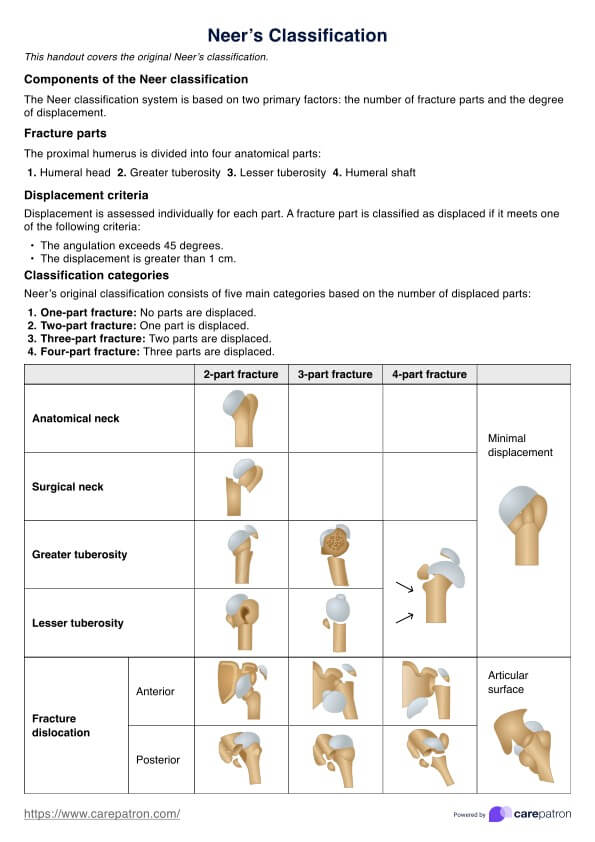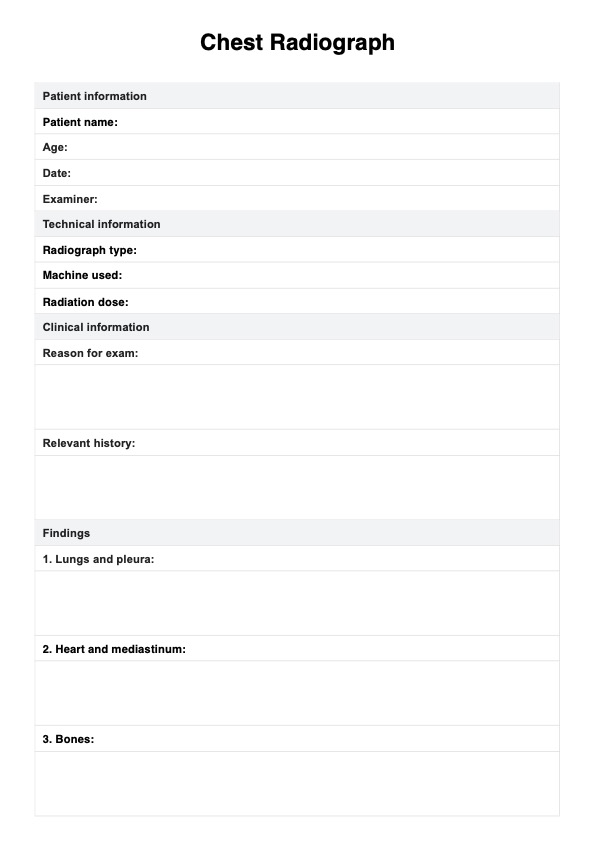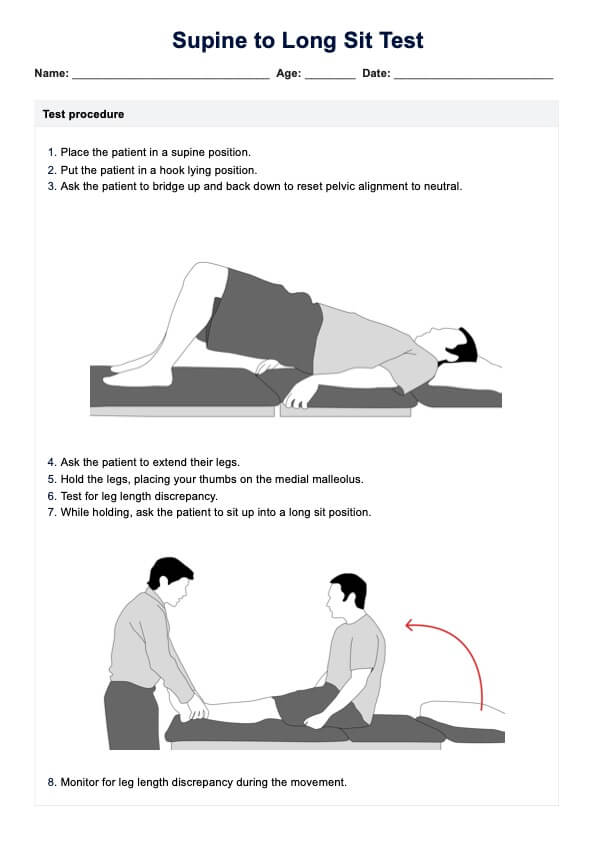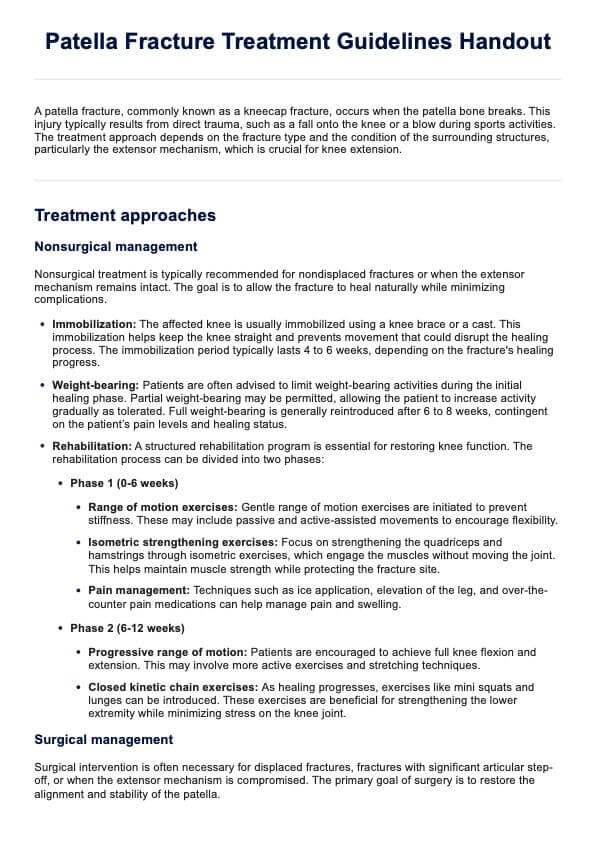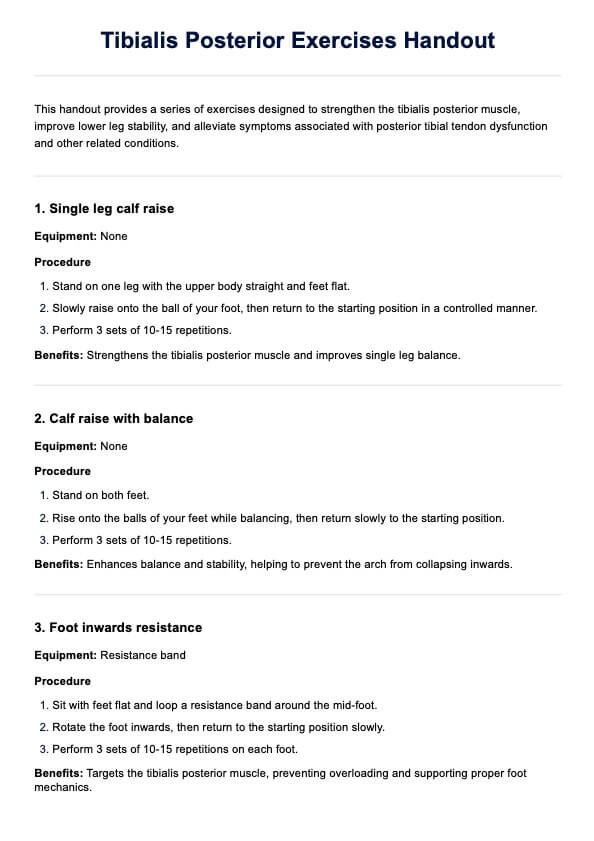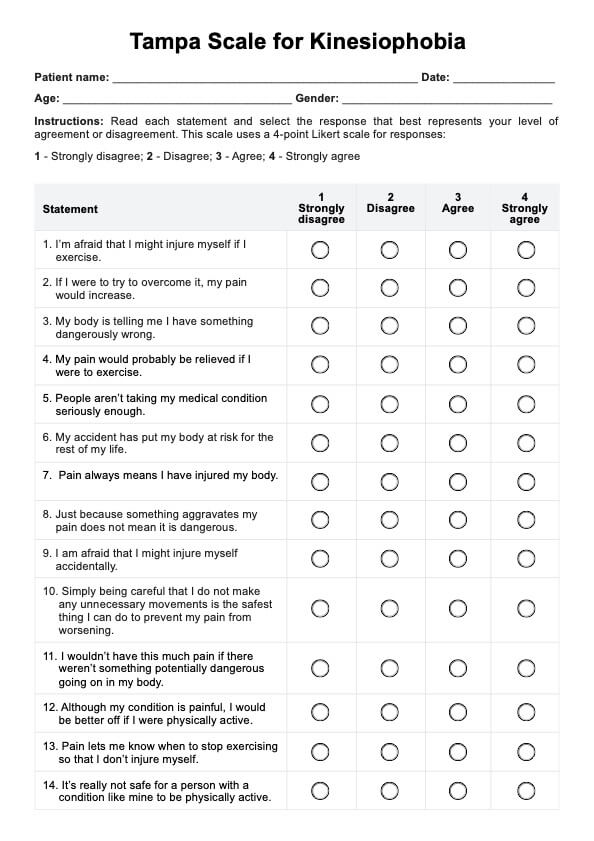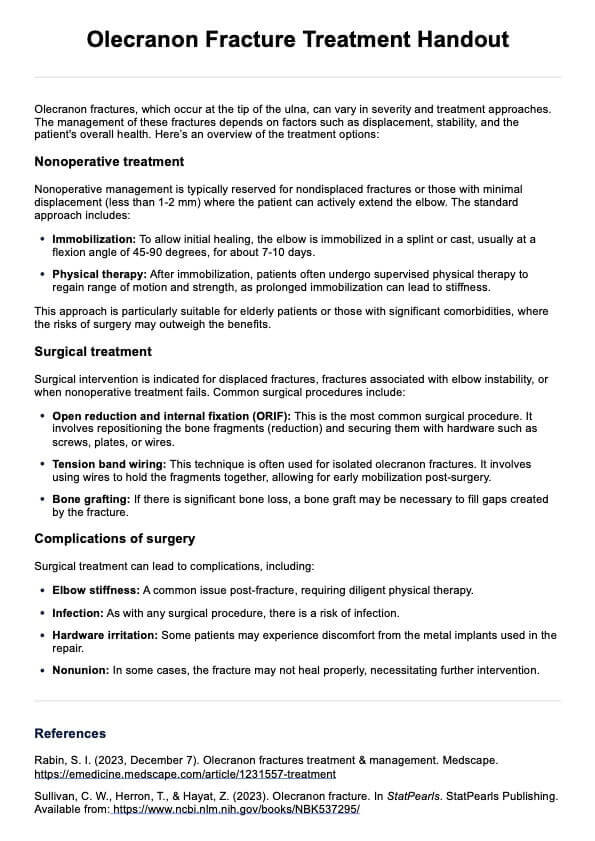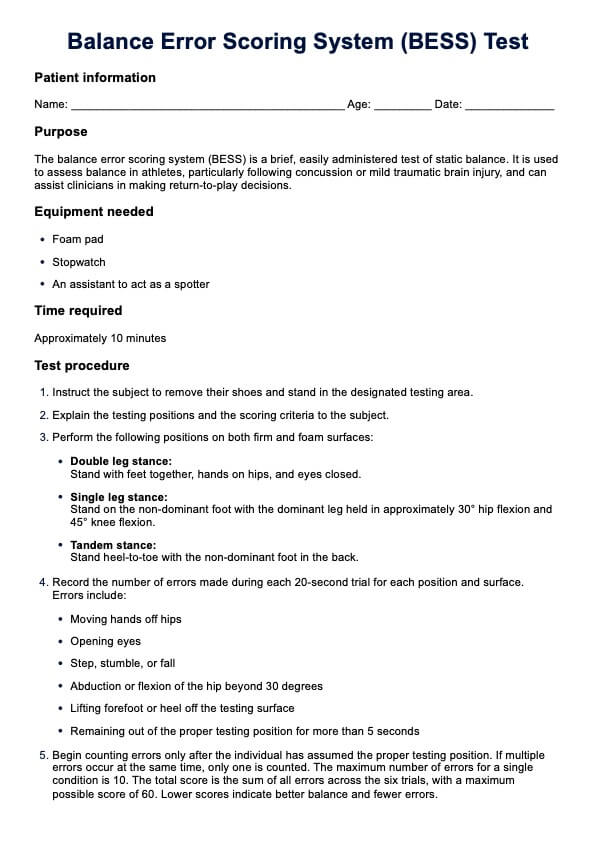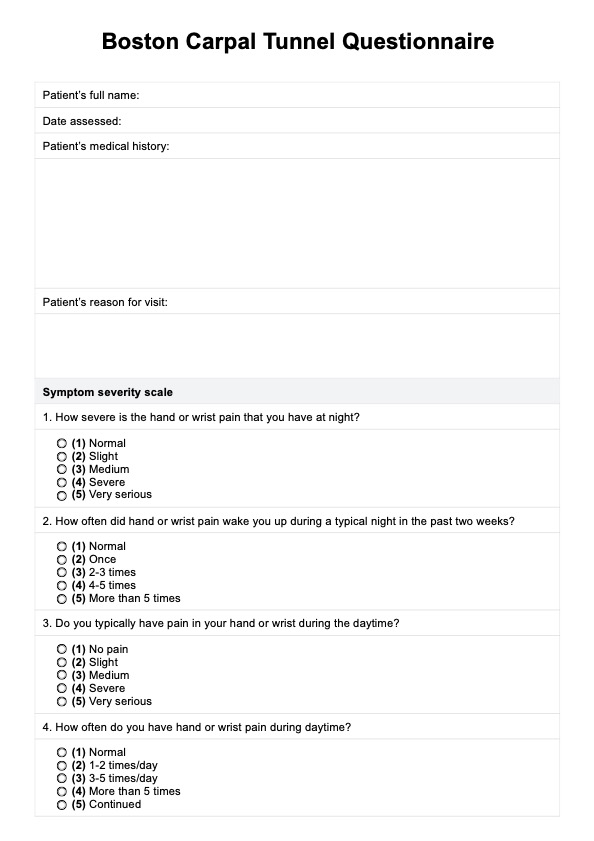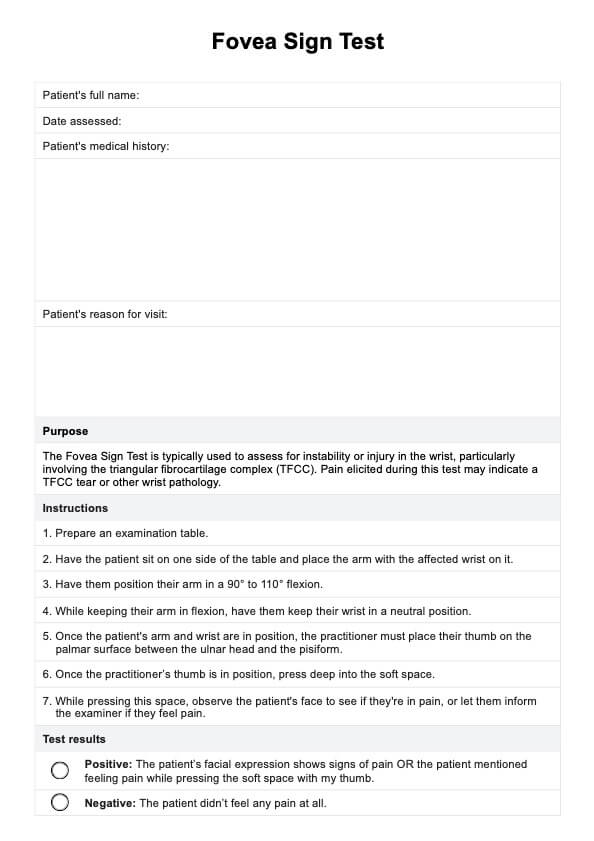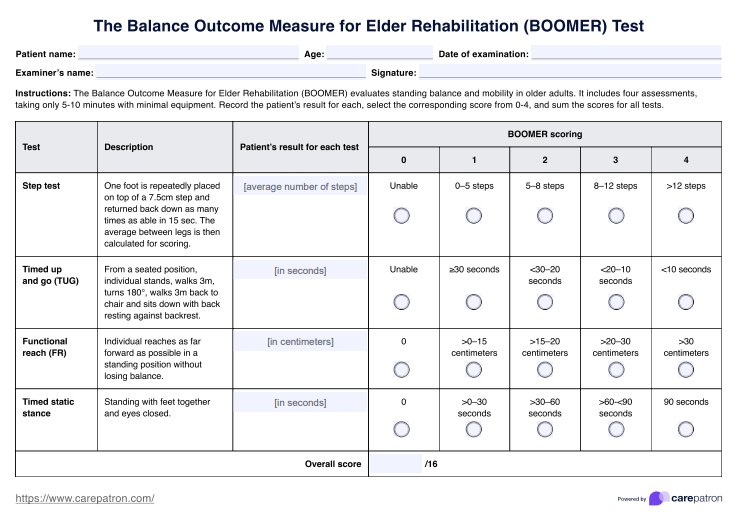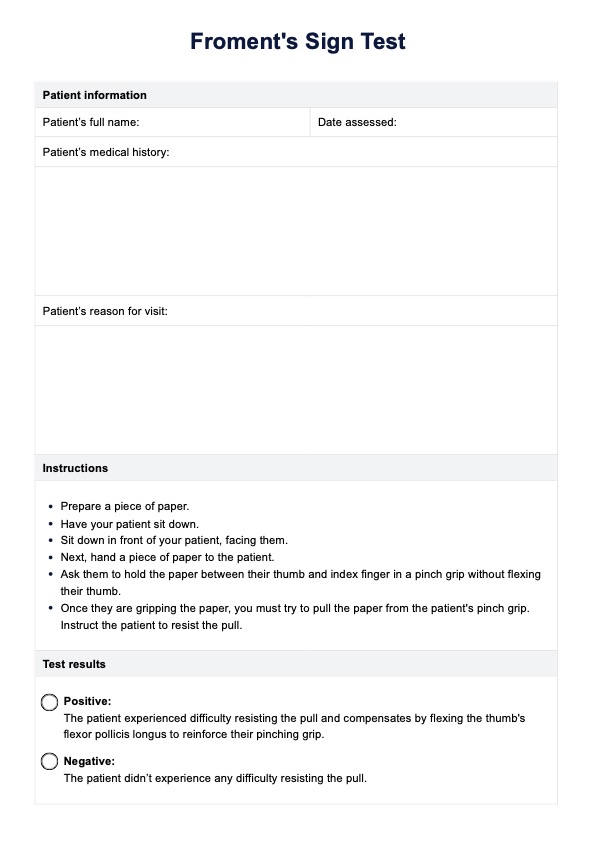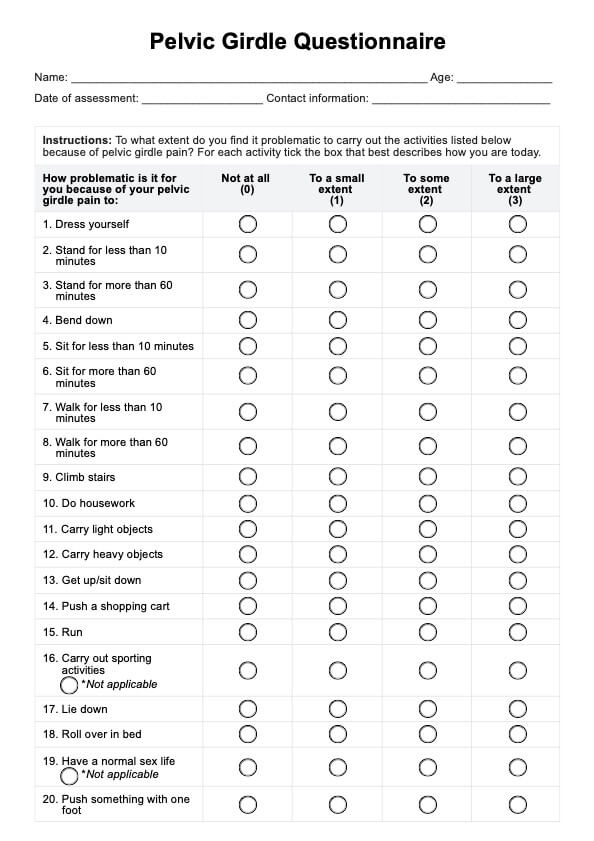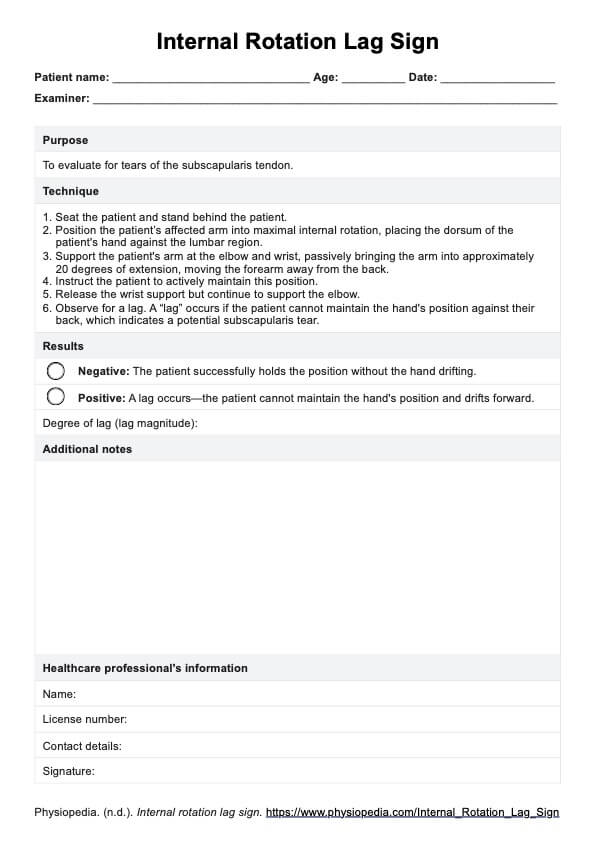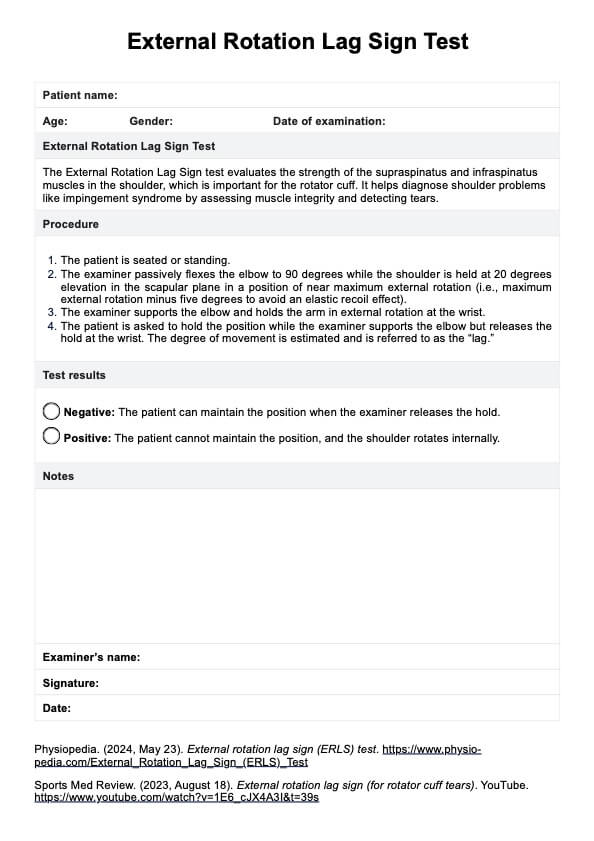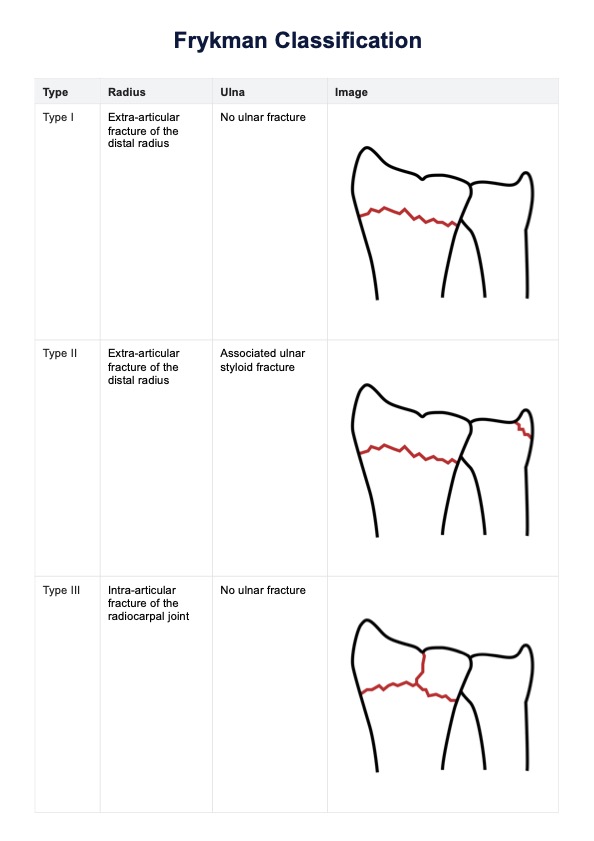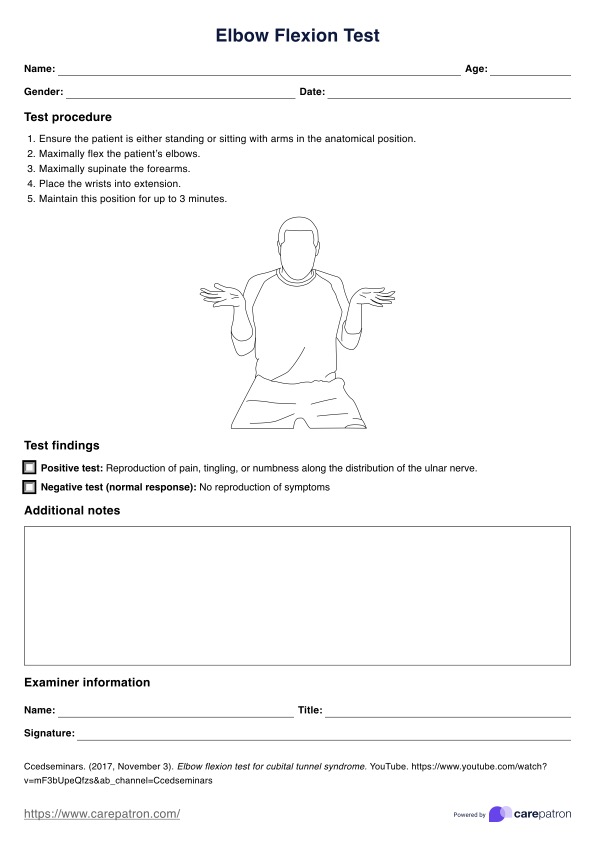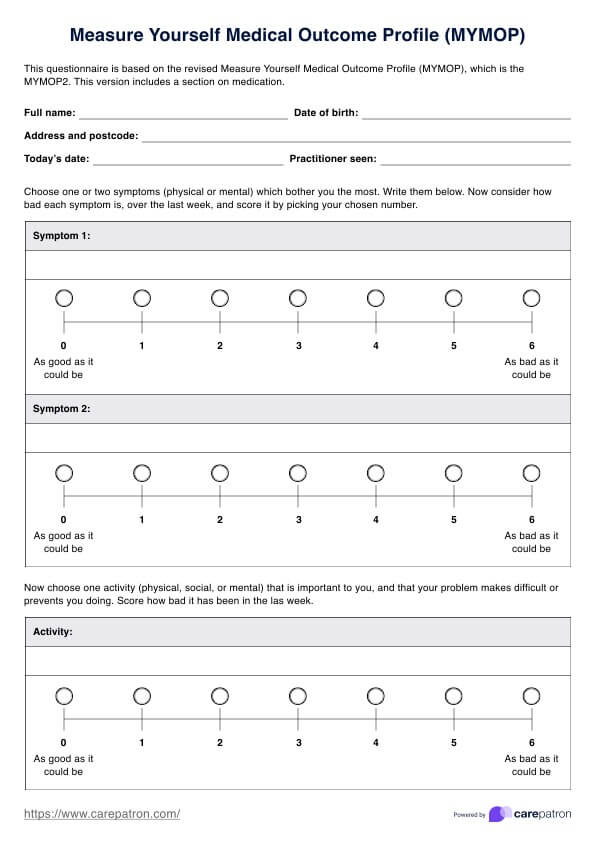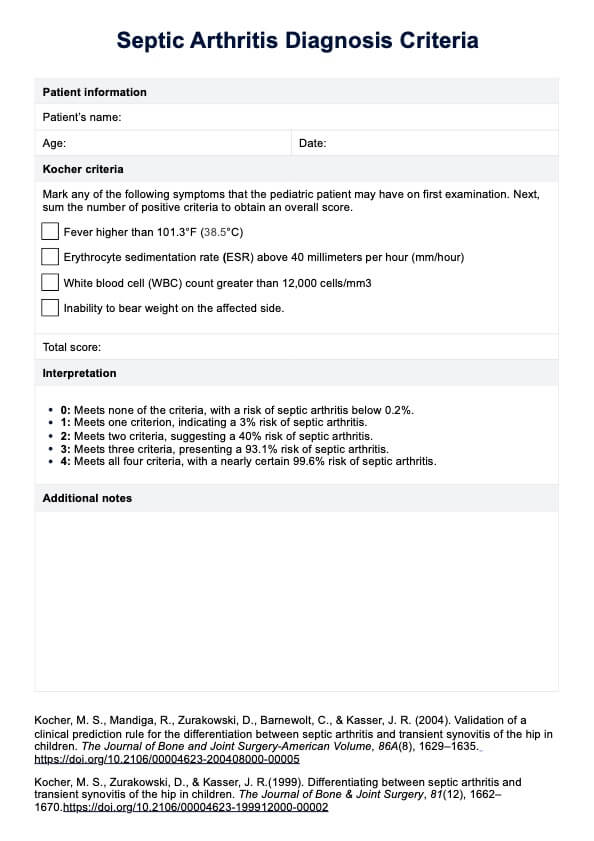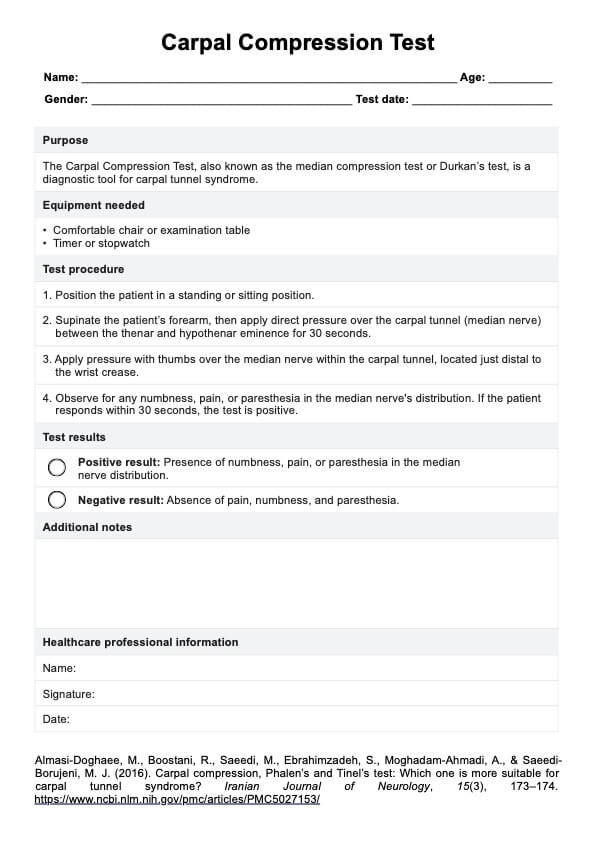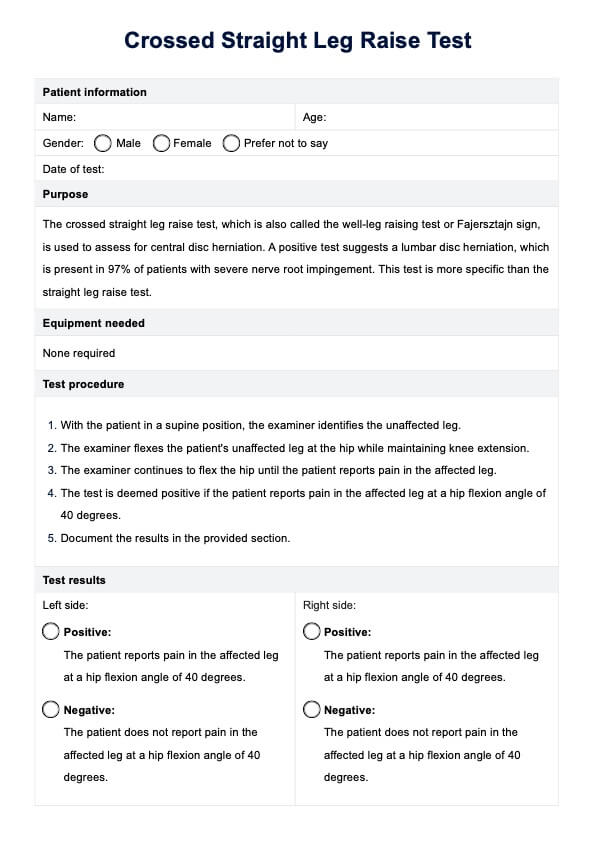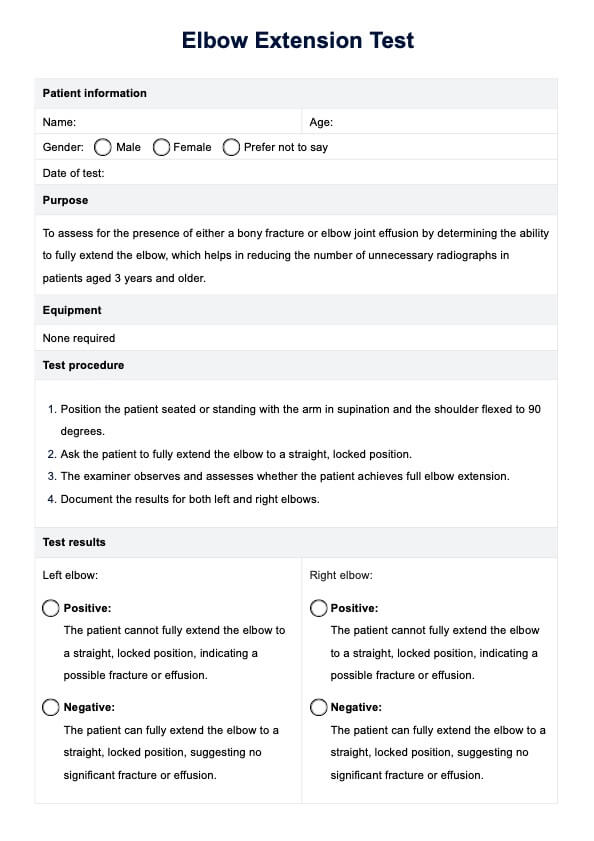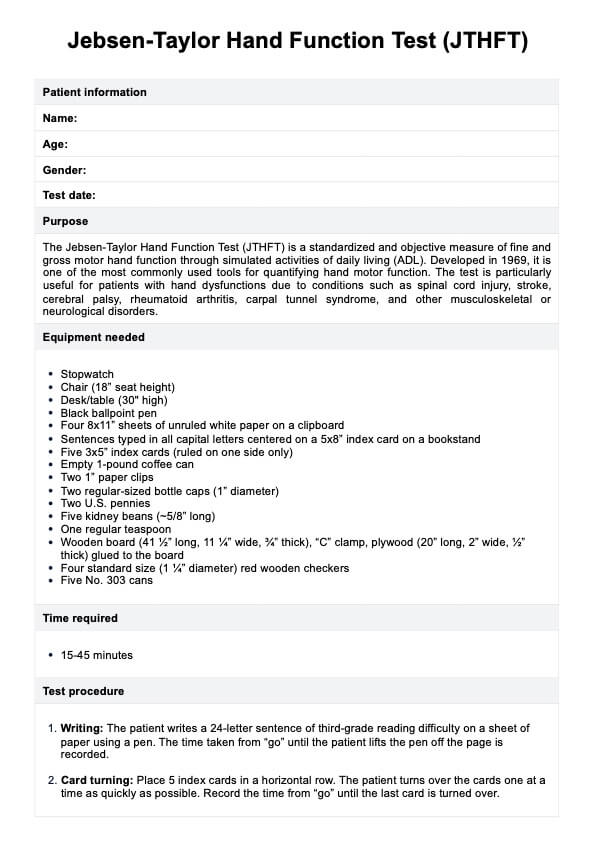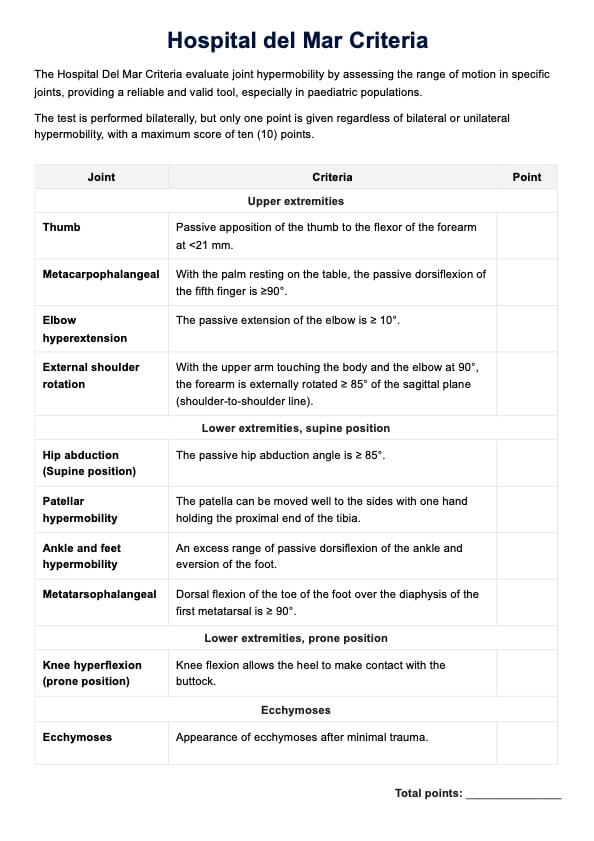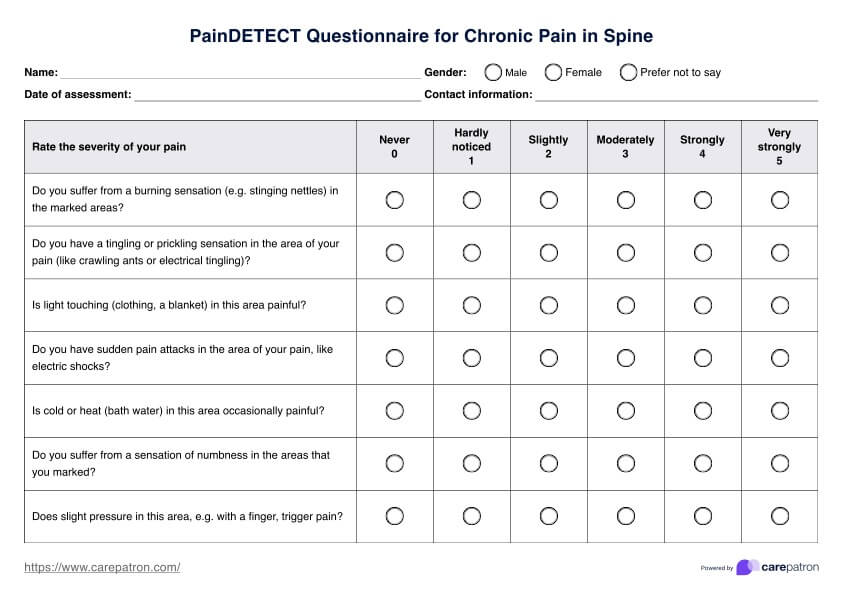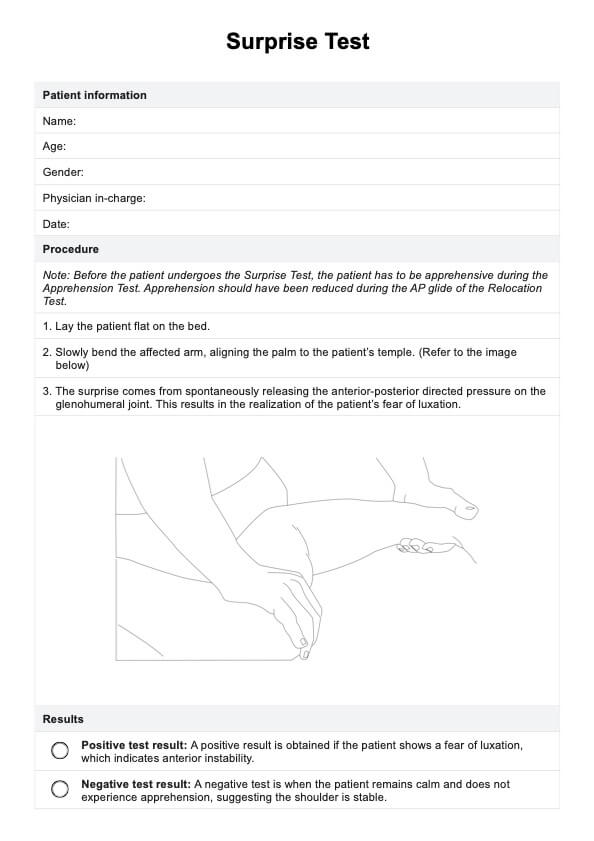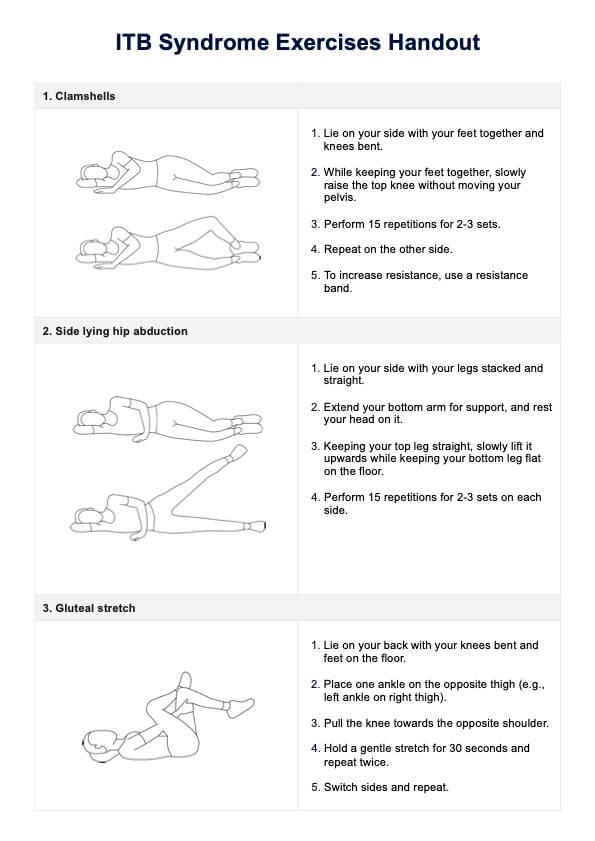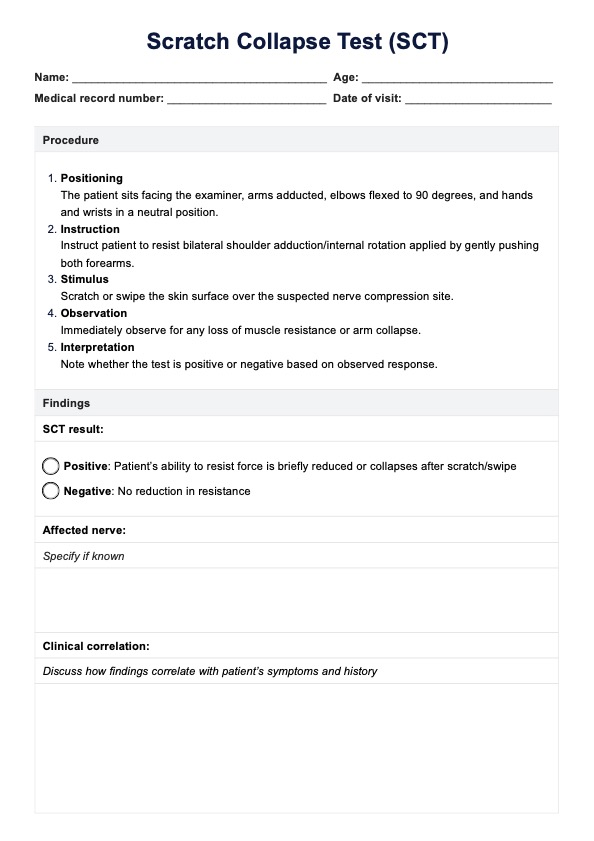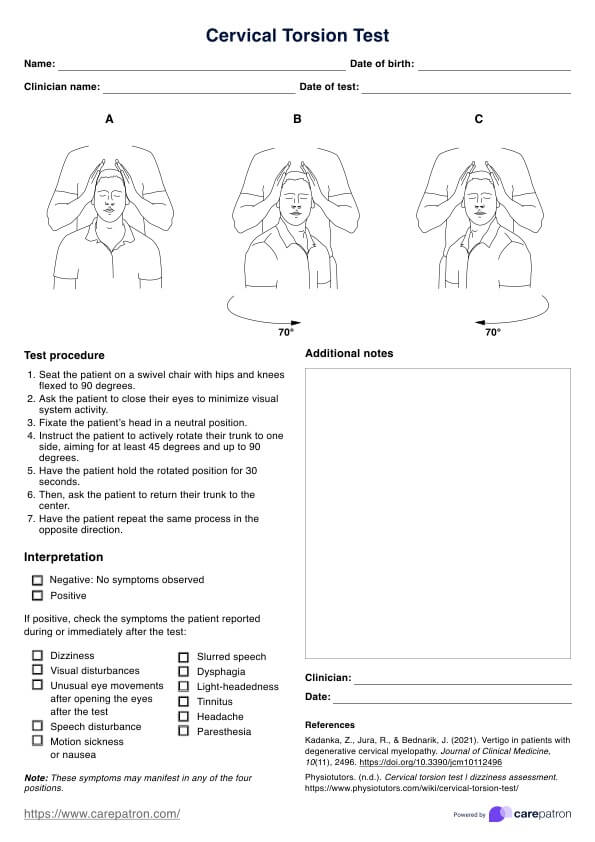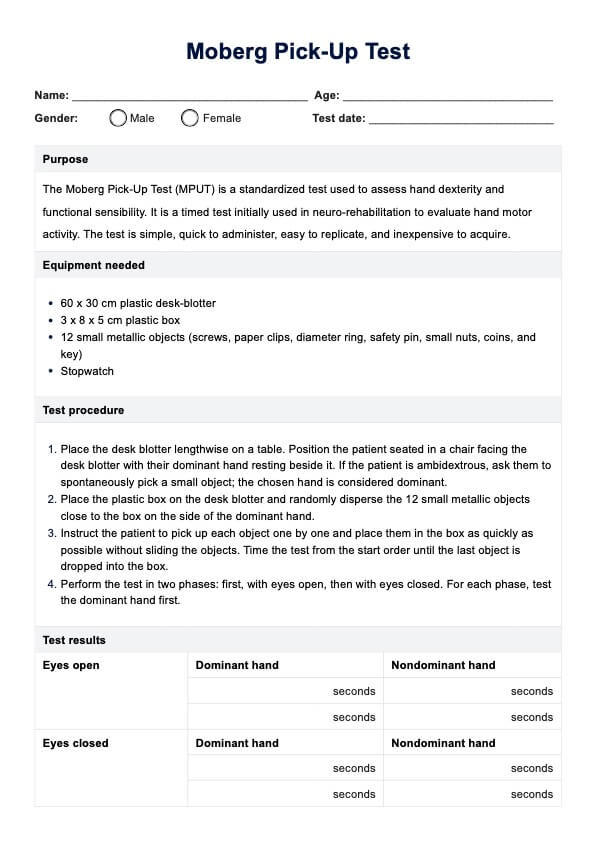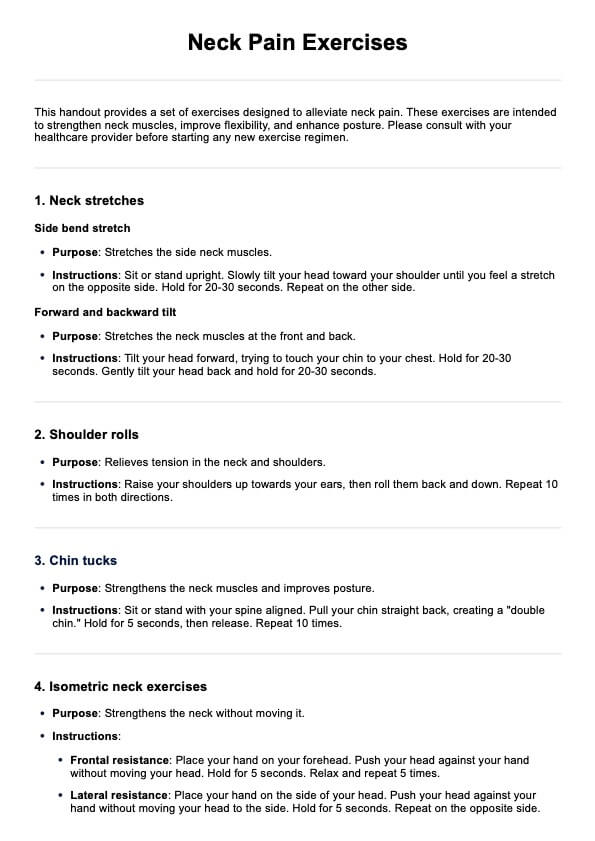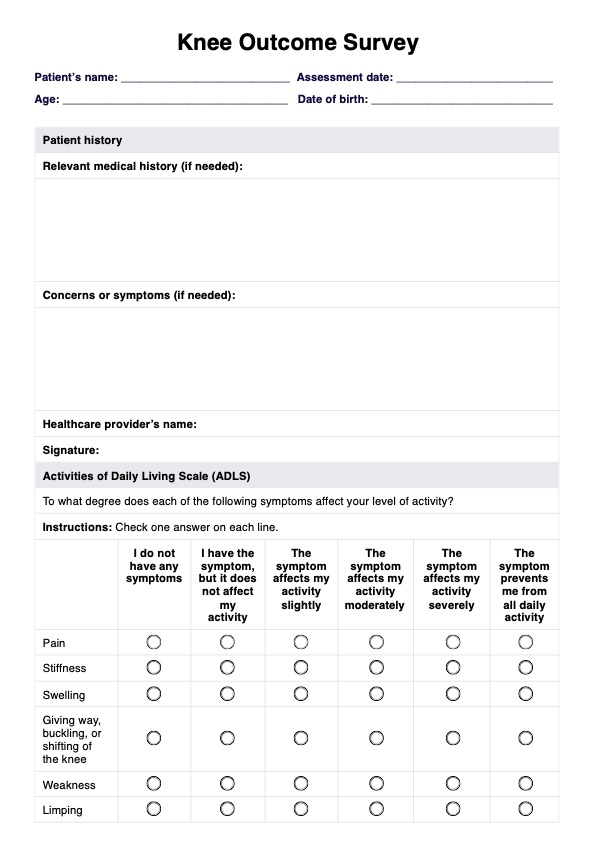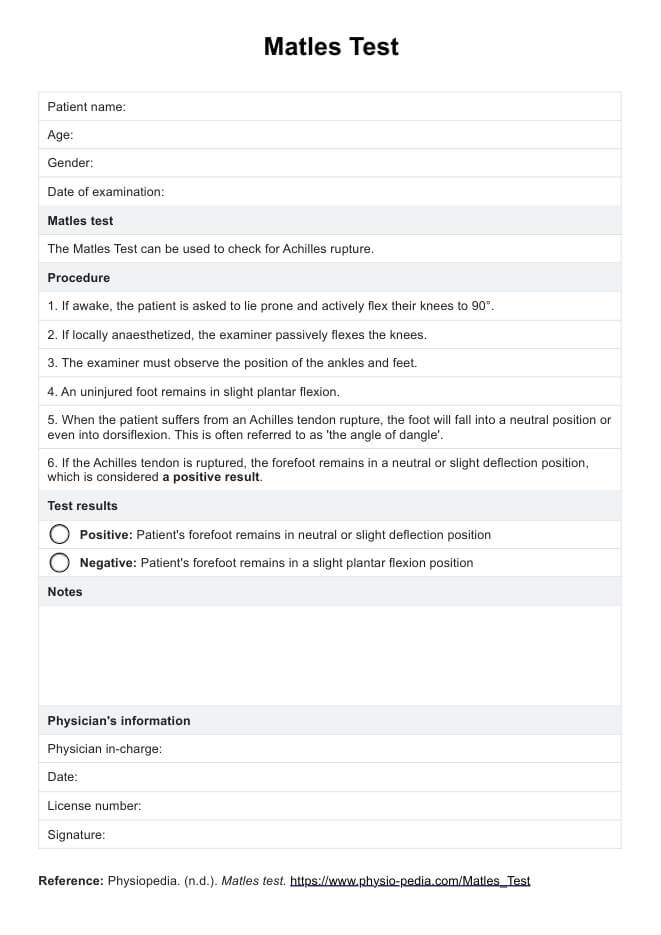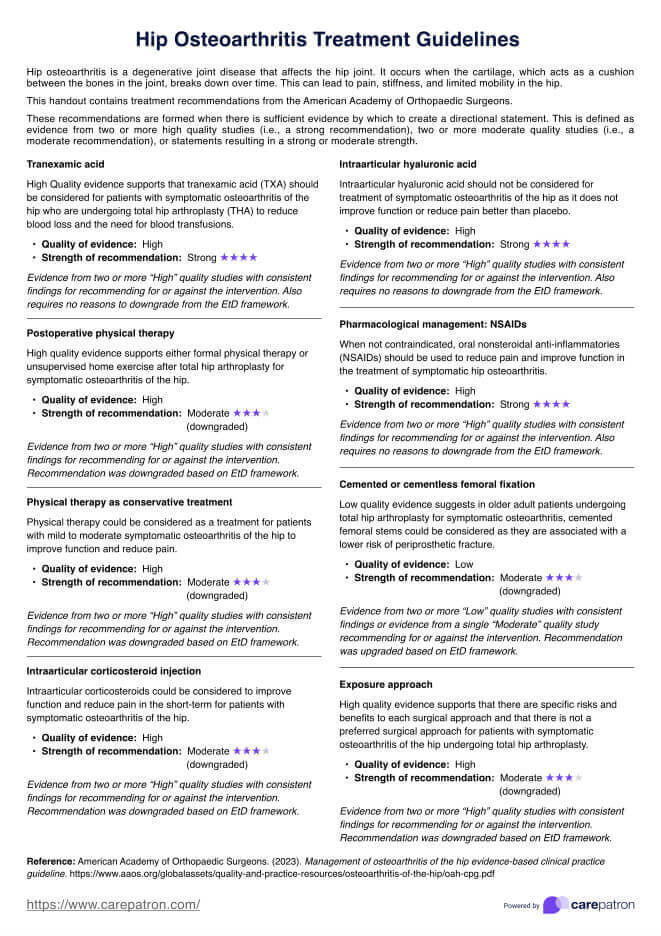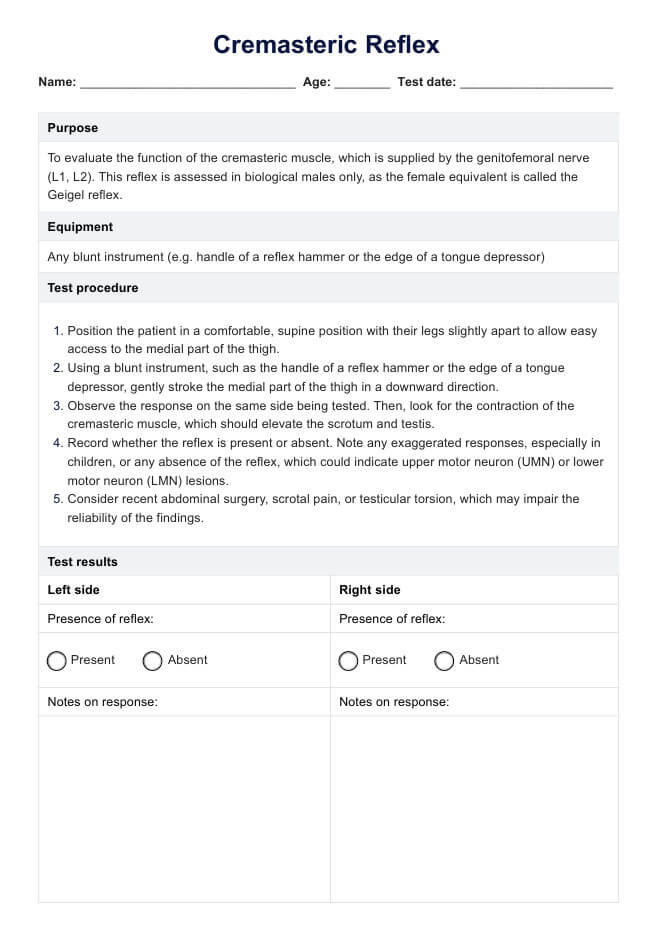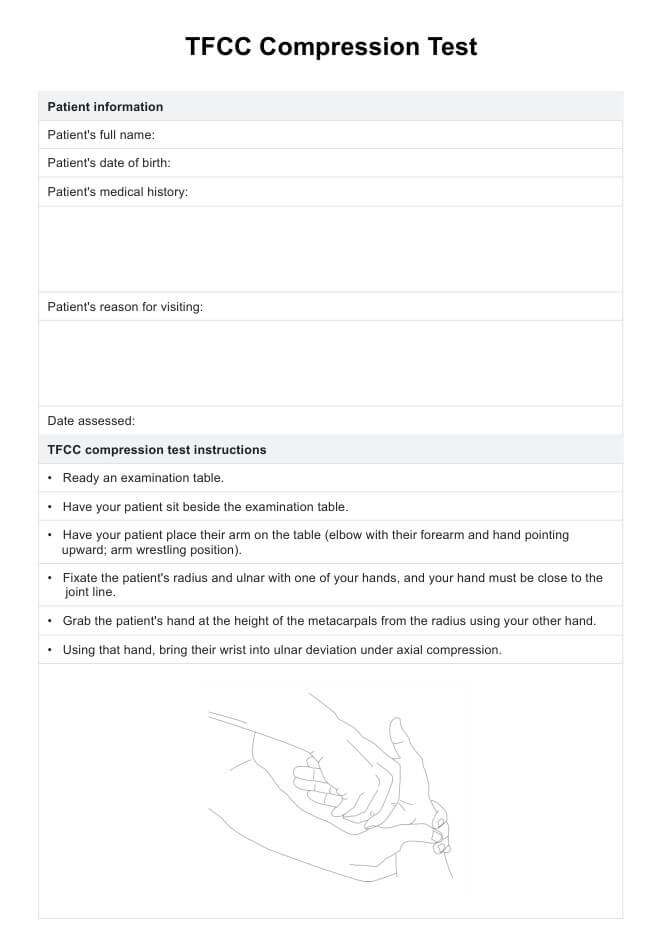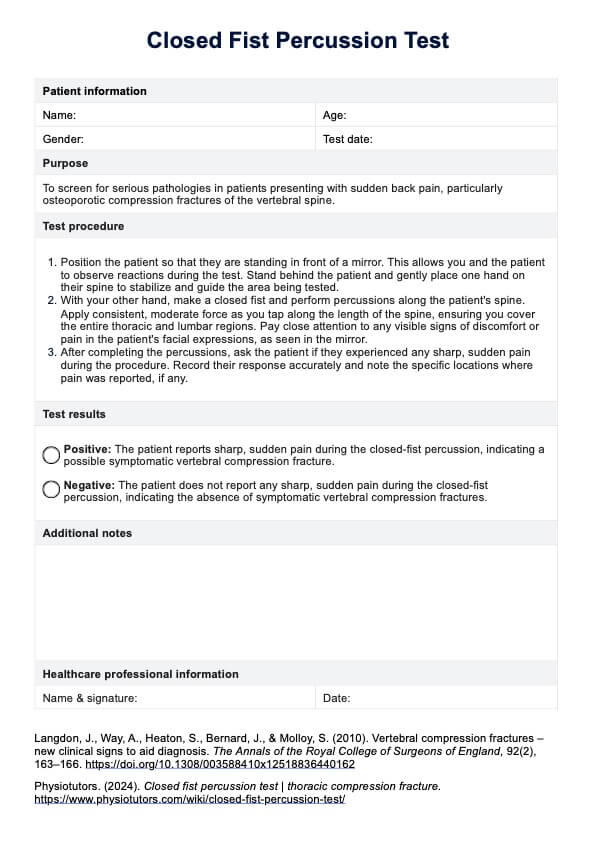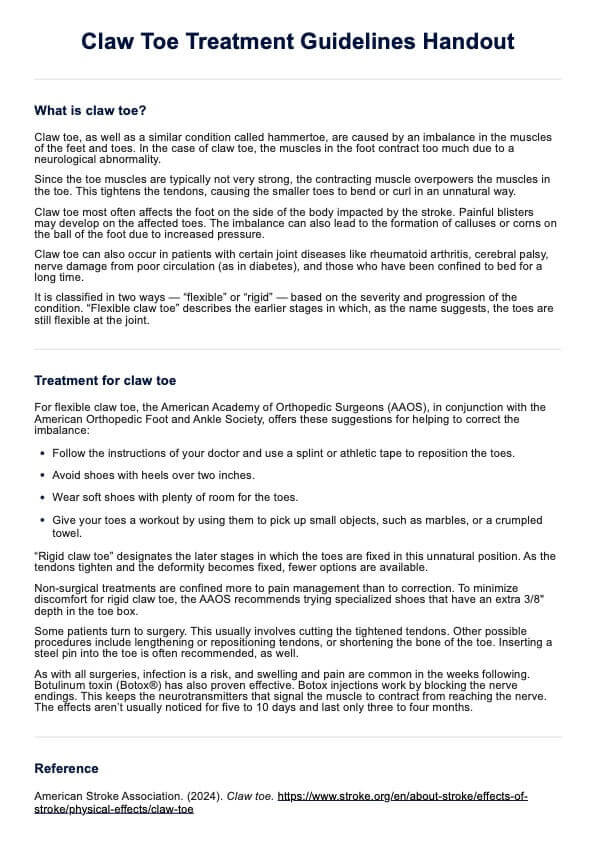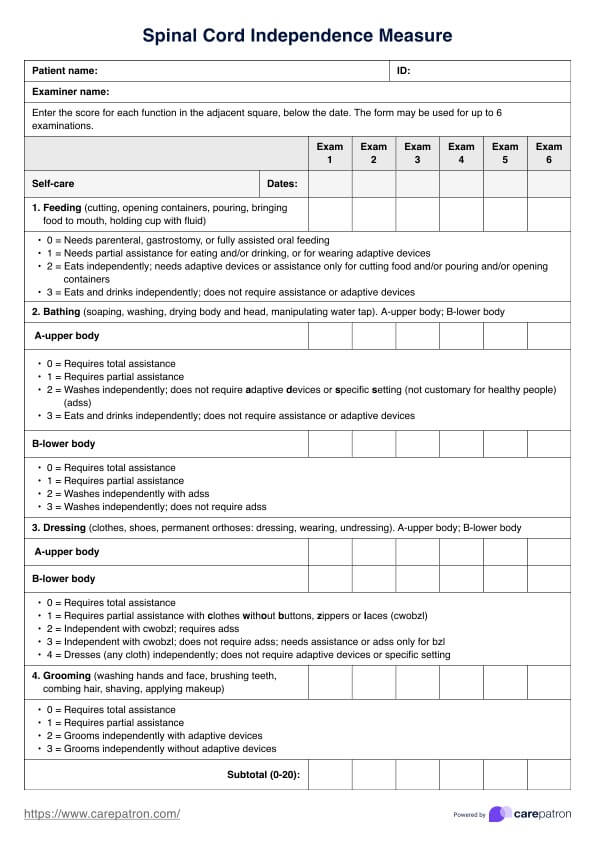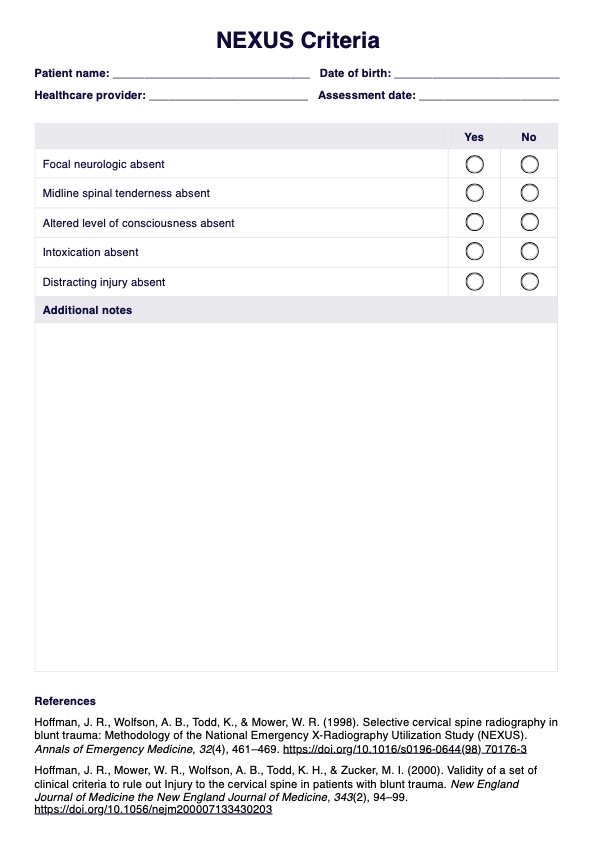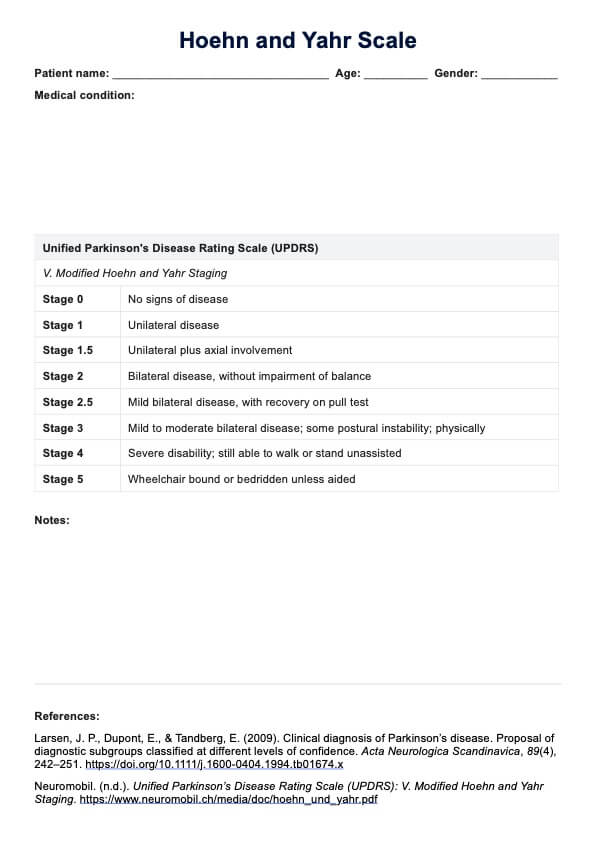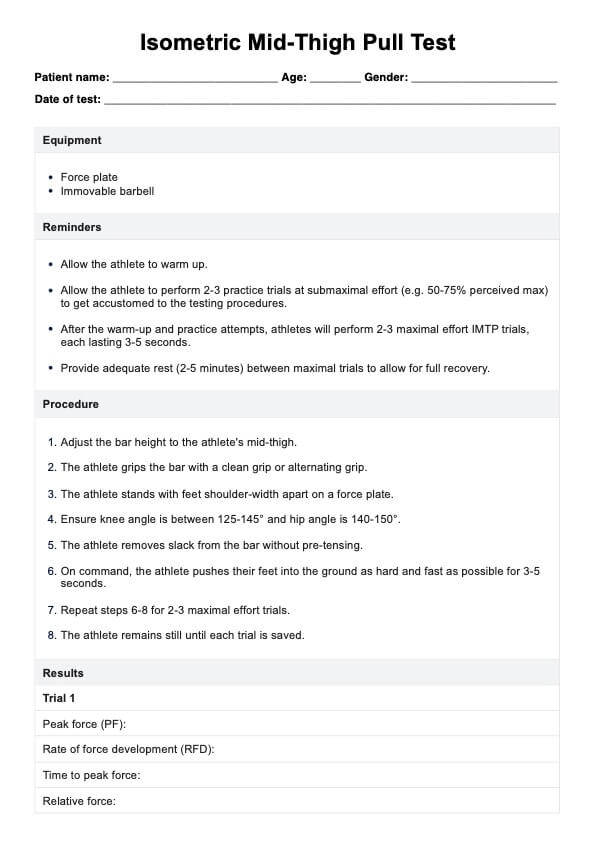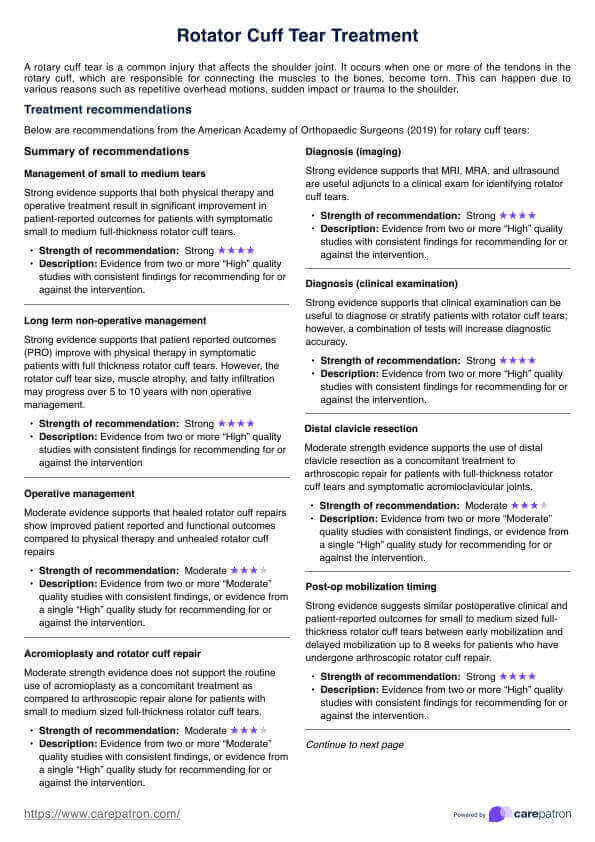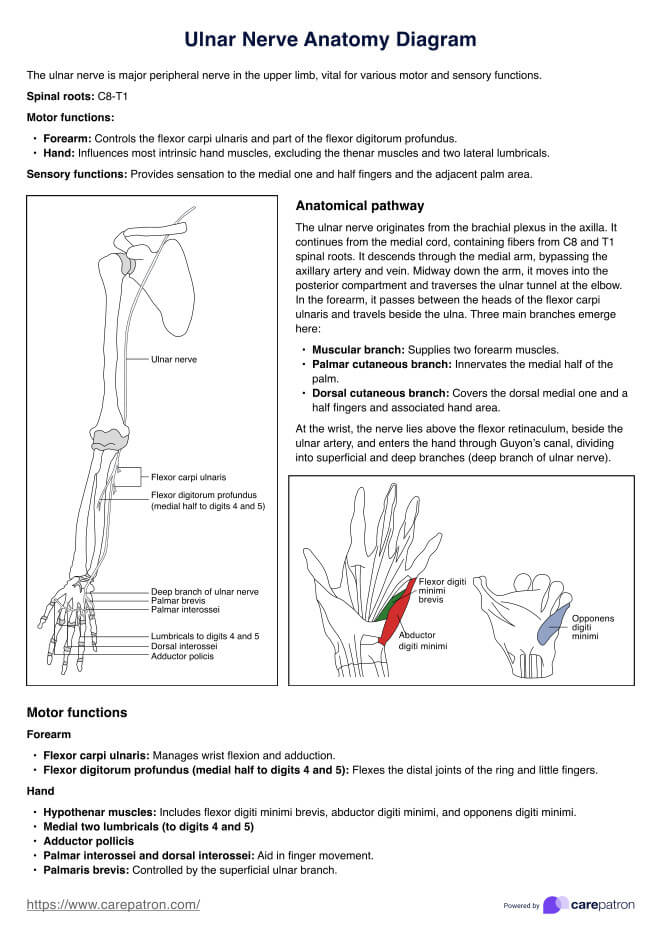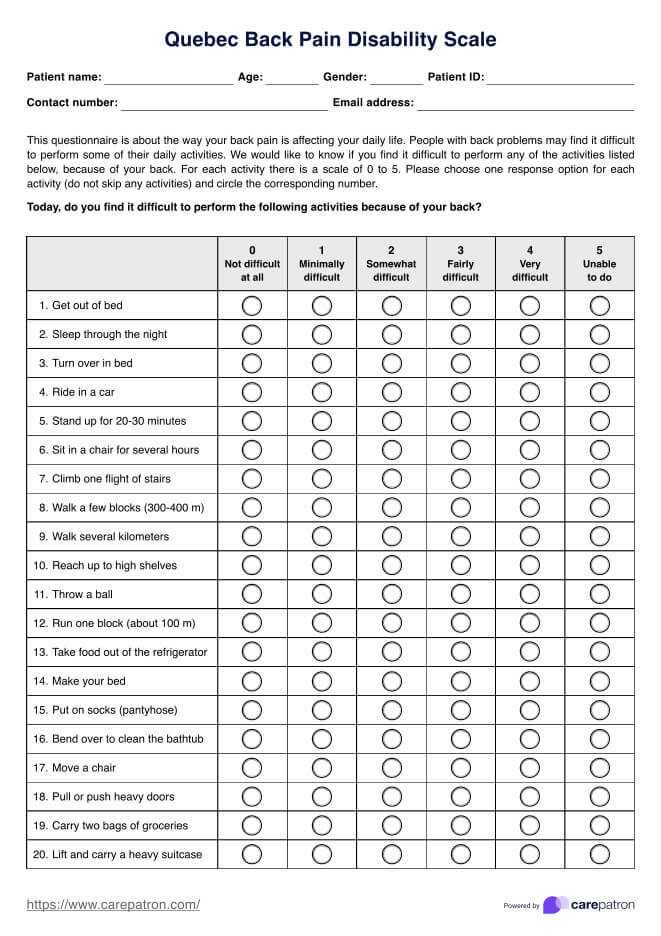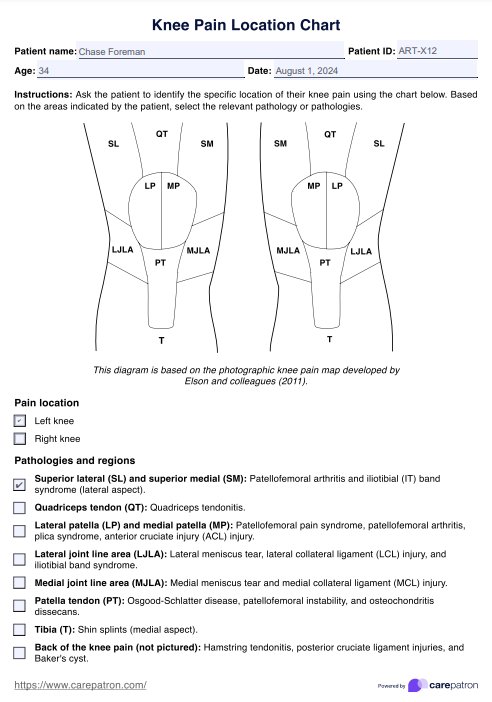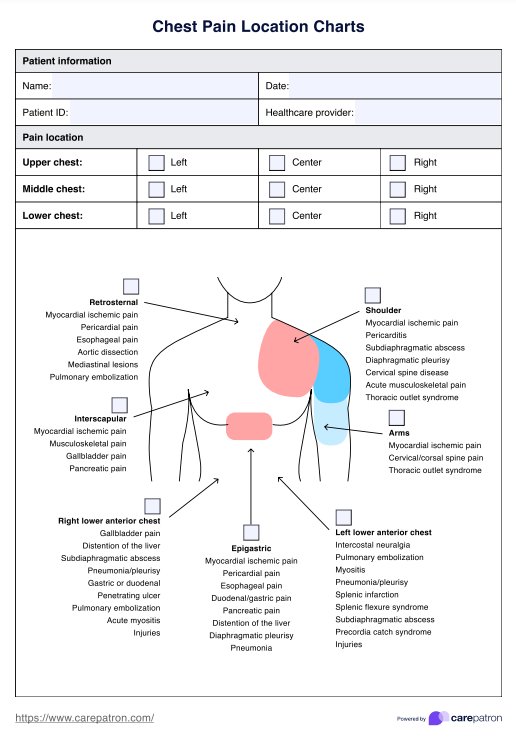Watson Test
Easily assess your patient for scapholunate ligament (SL) instability with a Watson Test. Conduct the test and document findings with our template.


What is the Watson Test?
The Watson Test is a pivotal tool in clinical examinations. It primarily aids in diagnosing scapholunate instability within the wrist, between the scaphoid and lunate bones.
The Watson Test is a hands-on physical examination technique. It involves exerting pressure on the scaphoid bone from a specific wrist position. If the ligament is damaged or unstable, this pressure induces a 'shift' or movement, indicating potential SL ligament injury.
This test is an invaluable asset for healthcare practitioners, especially those in physiotherapy and orthopedic surgery. It assists in accurately diagnosing wrist conditions, thereby enabling the development of effective treatment strategies.
Also called the Scaphoid Shift Test, the Watson Test is a clinical examination used to assess scapholunate instability in the wrist. Other synonyms for this test include the scaphoid stress test and the Watson scaphoid test. It is important to note that this test should not be confused with the "Watson-Scott Test," which is a personality assessment developed for entertainment purposes.
Watson Test Template
Watson Test Example
How to conduct the Watson Test
The Watson Test, while crucial, is not complex. It involves a series of simple steps allowing healthcare practitioners to diagnose potential wrist pathologies effectively. Here's how it works:
Step 1: Access the template
Click on "Download" from the template preview to get a fillable PDF copy of our template. Alternatively, you can customize this based on your preferences by clicking "Use template" to edit it within the Carepatron platform.
Step 2: Position the patient
Have your patient in a sitting position facing you. Their elbow must be flexed and supported by a table while their forearm and hand are pointing up. The position is similar to an arm wrestling position. Wrap your hand around the patient's wrist. Your thumb must be on the patient's scaphoid (palm-side) and place some pressure on their scaphoid tubercle.
Step 3: Move the wrist
Using your other hand, grasp the patient's metacarpals, palm side. You will use this hand to move the wrist. Bend the hand towards you, then extend it (ulnar deviation) while maintaining constant thumb pressure. Afterward, move the wrist to a radial deviation, where the hand is bent towards the thumb. Finally, release the pressure your thumb is placing on the patient's scaphoid.
Step 4: Observe and assess
If the Watson scaphoid shift test is positive, the patient will experience pain during the movement. Additionally, you will notice a distinct 'clunk' as the scaphoid bone subluxates or partially dislocates over the dorsal rim of the radius bone. This sign is indicative of ligament instability.
The presence or absence of the 'scaphoid shift', compared to the uninjured wrist, is a key factor noted in the documentation. This shift, discernible when pressure is applied to the scaphoid bone, indicates potential ligament instability. Any pain experienced by the patient during the test is also recorded, as it can provide further insight into the severity of the condition.
Whichever the result may be, it's best to have them undergo further testing before formulating a diagnosis. Some tests that can produce clear results are X-ray, MRI, radioscopy, and fluoroscopy.
When would you conduct the Watson Test?
The Watson Test is a key diagnostic tool for healthcare practitioners across various disciplines. But when exactly would you use this form? The primary application of Watson's Test comes into play when a patient presents with wrist pain or following a wrist injury.
The Watson shift test becomes particularly relevant if a patient complains of persistent wrist pain, especially after a fall on an outstretched hand, or experiences difficulty performing wrist movements. This test is also crucial when there's suspicion of damage to the scapholunate ligament, a critical structure that ensures the stability and smooth movement of the wrist.
Conduct the test on your patient if they are experiencing the symptoms of a tear, such as:
- Wrist weakness
- Popping or grinding feeling
- Limited range of motion
- Pain and swelling at the wrist's back side, which has been worsening over several days
Commonly asked questions
If you have an SL ligament rupture, you might experience wrist pain, swelling, and a clicking or popping sensation. Consult a healthcare professional for an accurate diagnosis and treatment plan.
Watson's Test is used to assess scapholunate ligament injuries, helping to identify instability in the scapholunate ligament of the wrist.
The Watson Test typically takes less a minute to perform. It is a quick clinical assessment used to evaluate scaphoid stability in the wrist.


